What to do in Sofia, Bulgaria? Sofia is an interesting historical city where you can see the famous Alexander Nevsky Cathedral, but also experience Unesco World Heritage sites, eat in exciting restaurants and hang out in cool rooftop bars. Here are our top tips for things to see and do in Sofia.
Innehållsförteckning
Sofia in Bulgaria
Sofia in Bulgaria is one of Europe's oldest capitals, with a history dating back to the 7th century BC. Today it is an interesting city, with much to see and discover for a tourist.
We actually made a relatively short visit to the city, but it was a very intense one and in the constant company of very knowledgeable guides. Therefore, it still feels meaningful to share our best tips on things to do in Sofia. Feel free to add a comment in the comment field below the post if you have more tips!
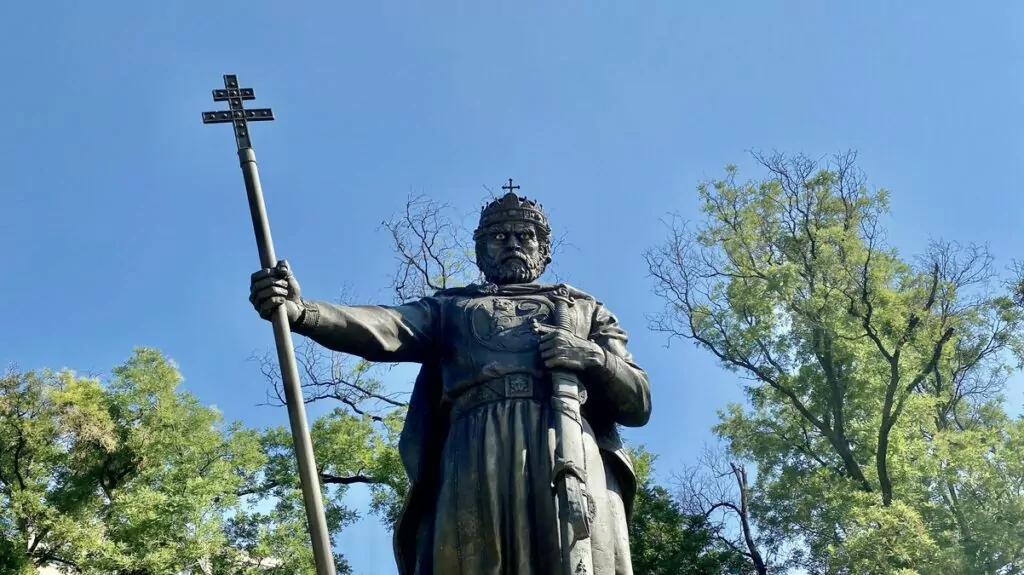
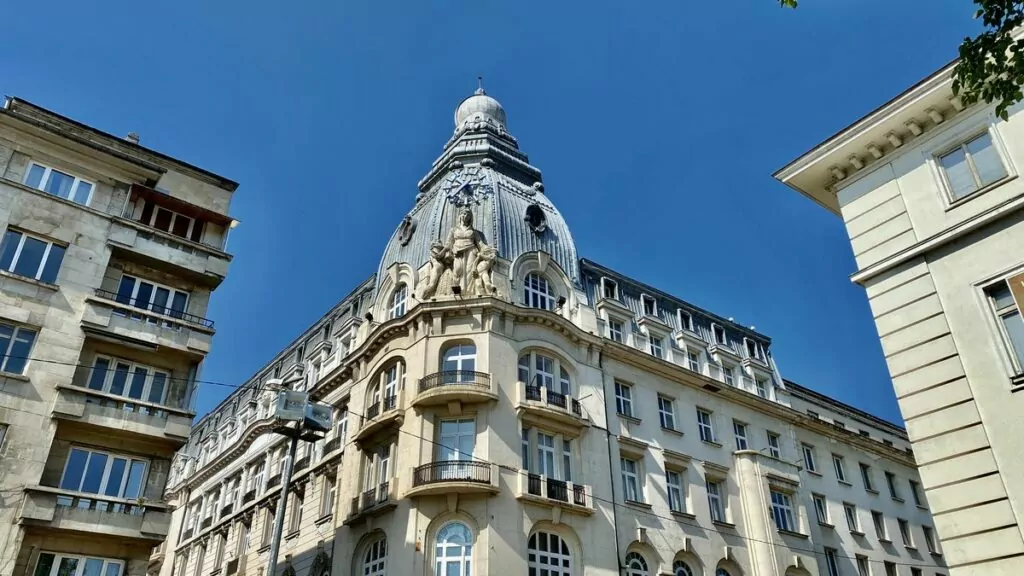
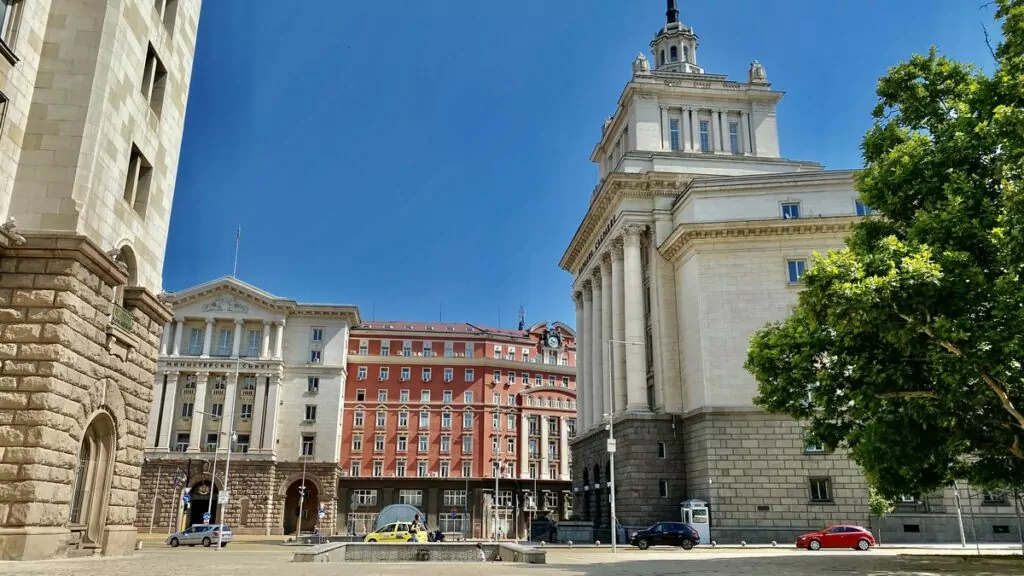
Sofia is located in the western part of Bulgaria.
What to do in Sofia, Bulgaria?
So what can you see and do in Sofia? All kinds of things, actually! We've put together a list of our top tips here.
1. admire the Alexander Nevsky Cathedral
If you were to name just one thing to do in Sofia, it would be to visit the Alexander Nevsky Cathedral. This cathedral is one of the largest orthodox churches in the world and can accommodate over 5000 people. It began construction in 1882 and was completed in 1912, named after the Russian saint Alexander Nevsky, and dedicated to the Russian soldiers who died in the Russo-Turkish war of 1877-1878.
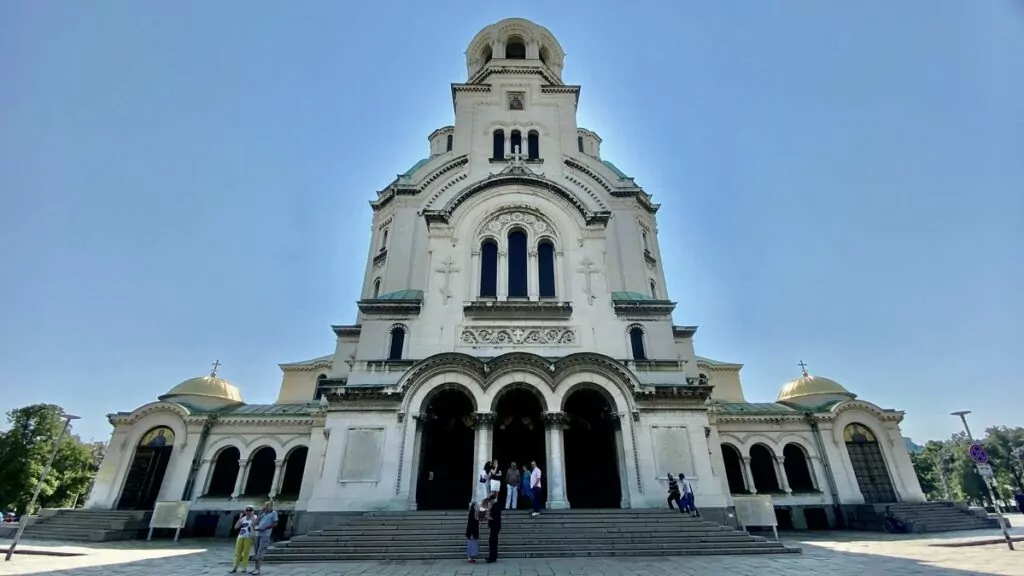
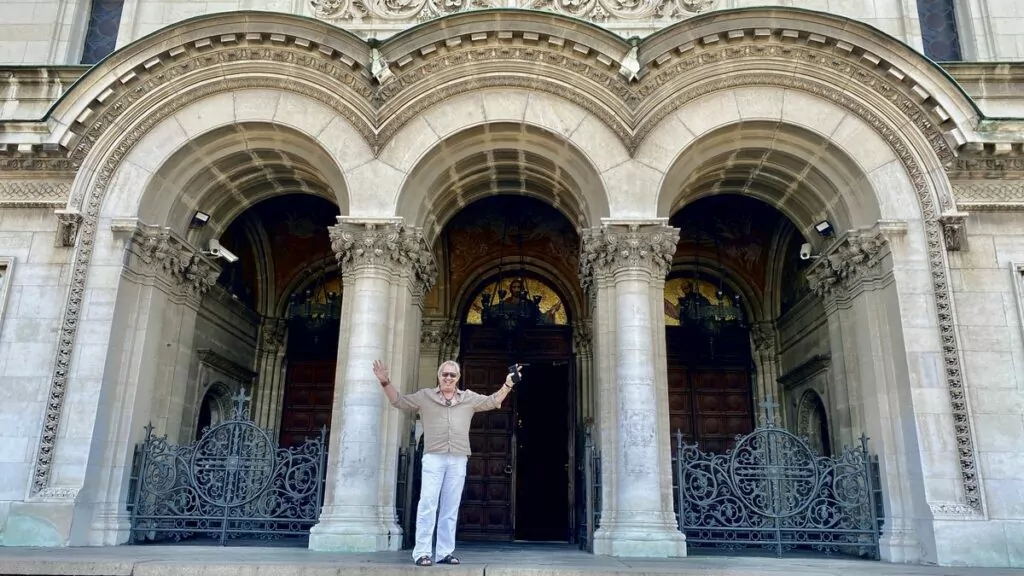
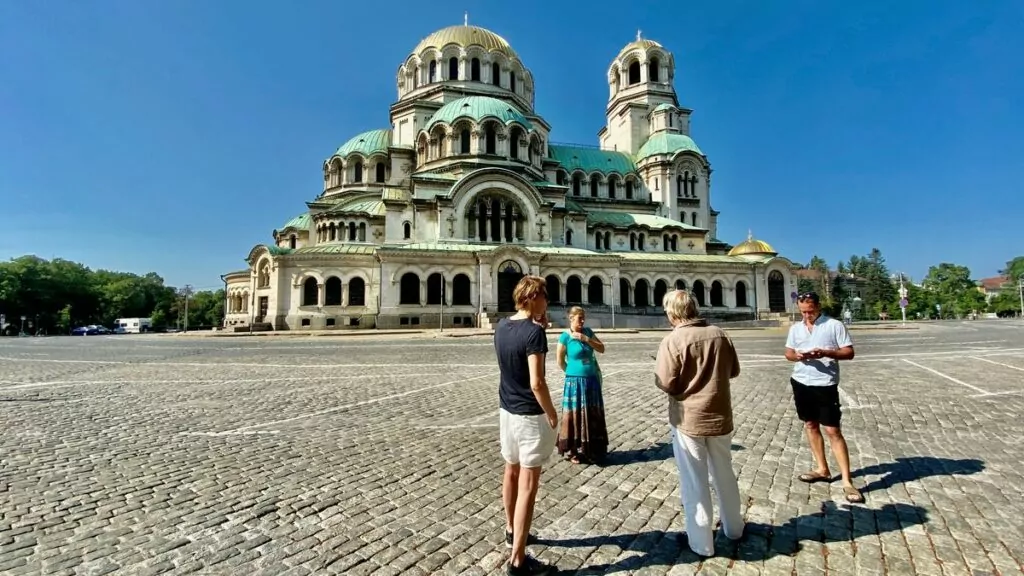
We visited the cathedral on a Sunday, which turned out to be a lucky coincidence as the high mass is held on Sundays. It was incredibly powerful to see the huge cathedral inside, and at the same time experience the music and atmosphere of the mass.
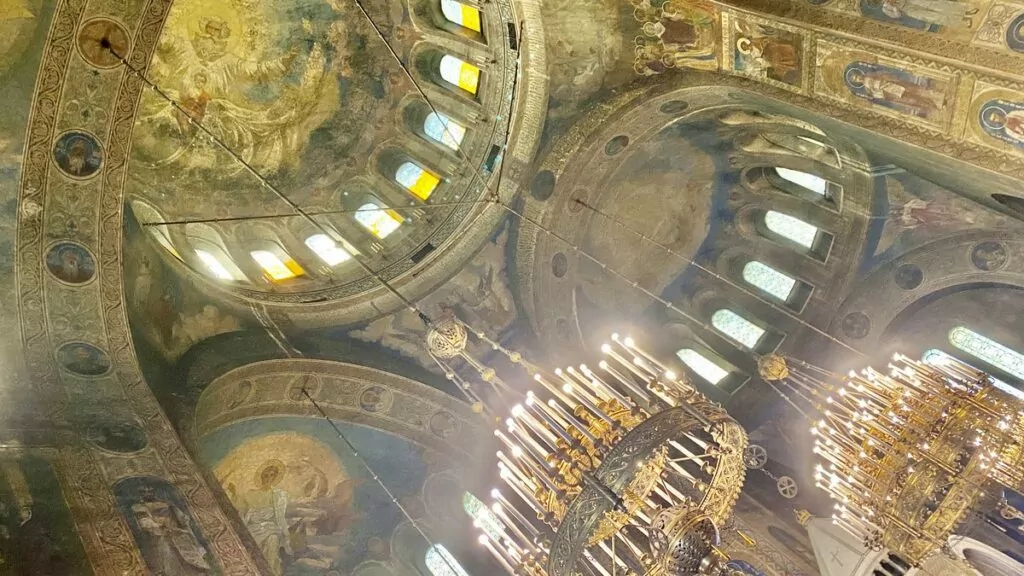
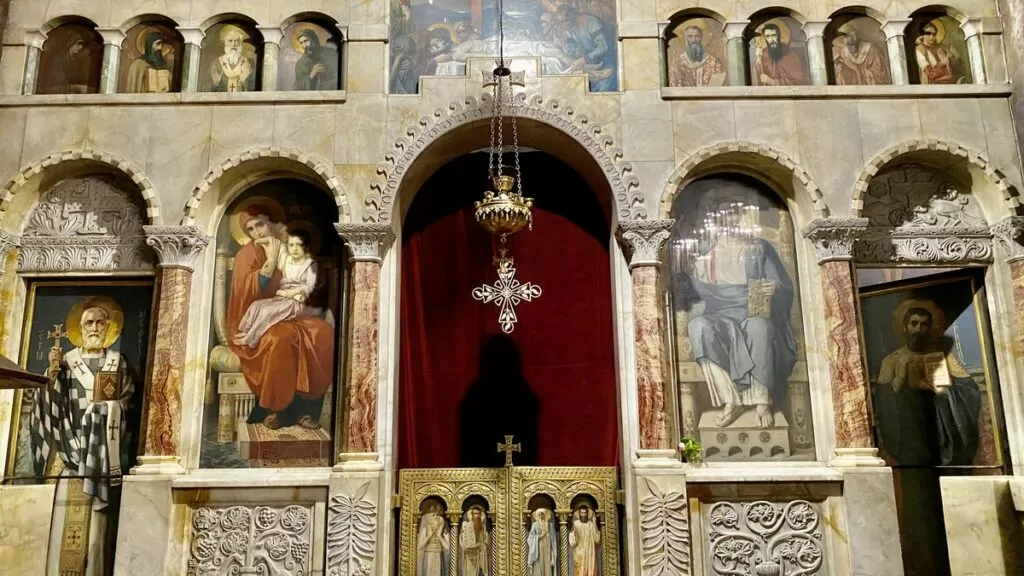
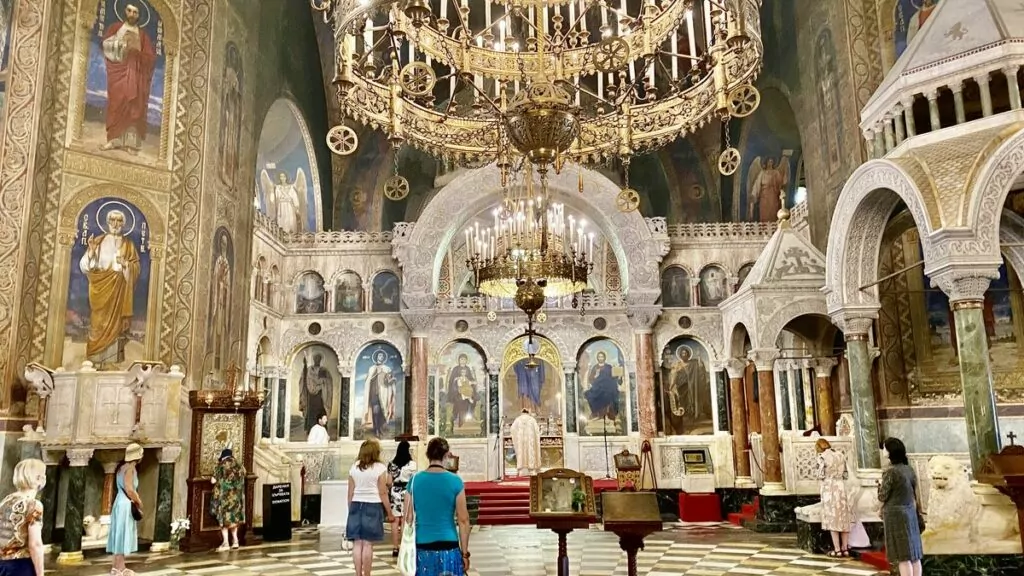
In Orthodox churches, people stand up during mass. It is also common to light candles.
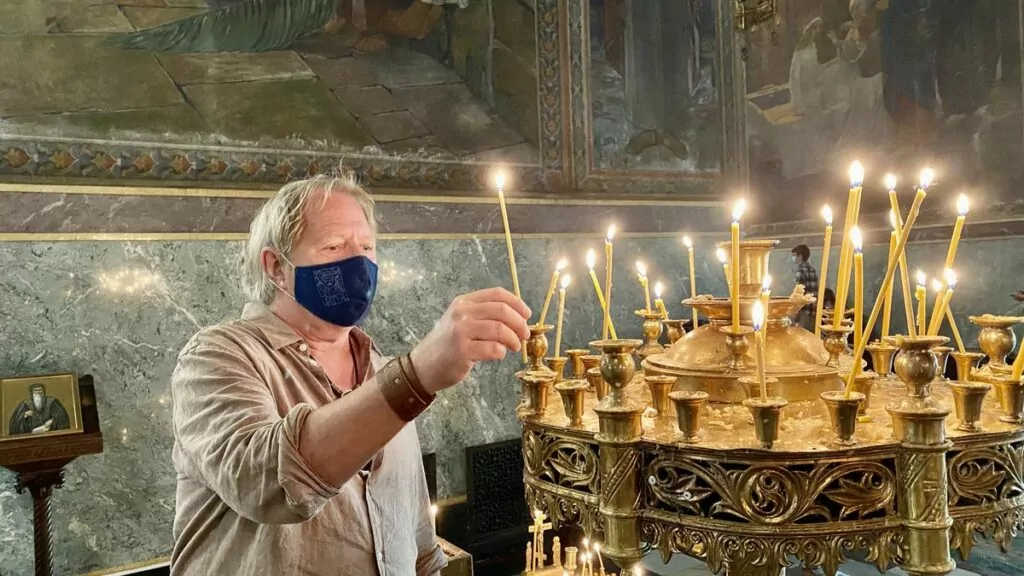
2. take a guided tour
We discovered Sofia with guides, and taking a guided tour in a big city like this is a hot tip. Accompanied by guides, you always get to see sides of a city that are hard to discover otherwise. Check out any of the city's tourist offices to find out about current opportunities.
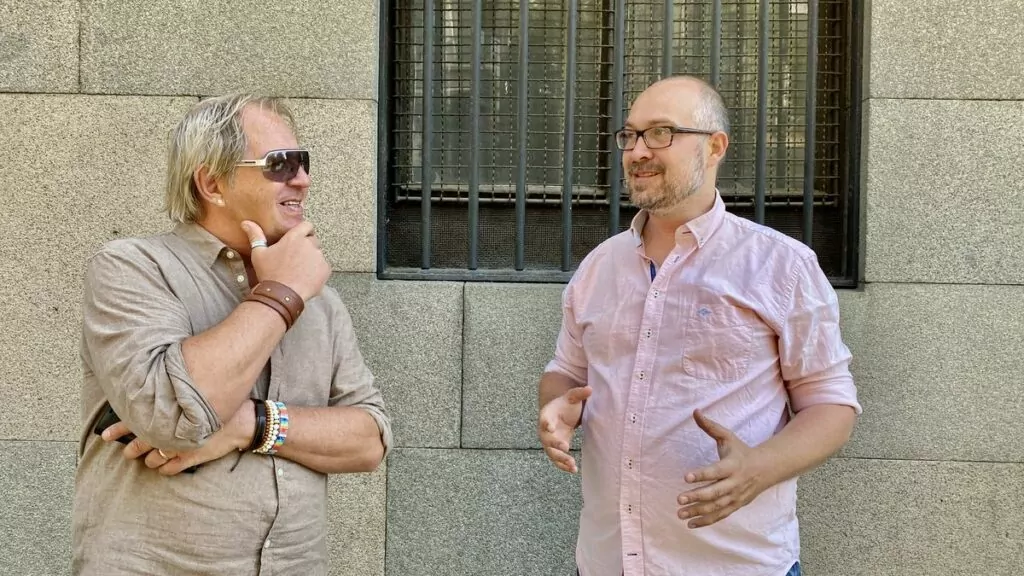
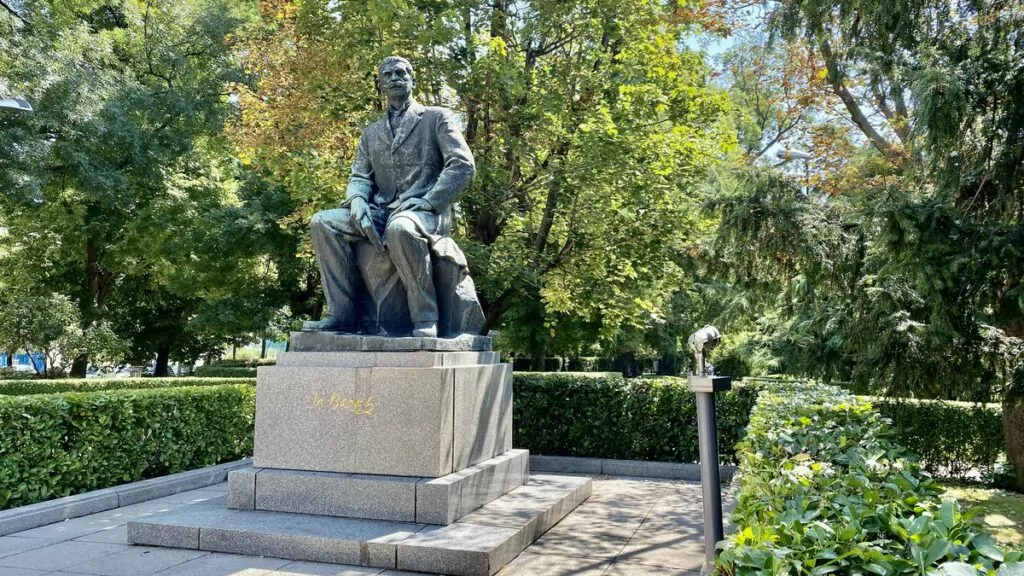
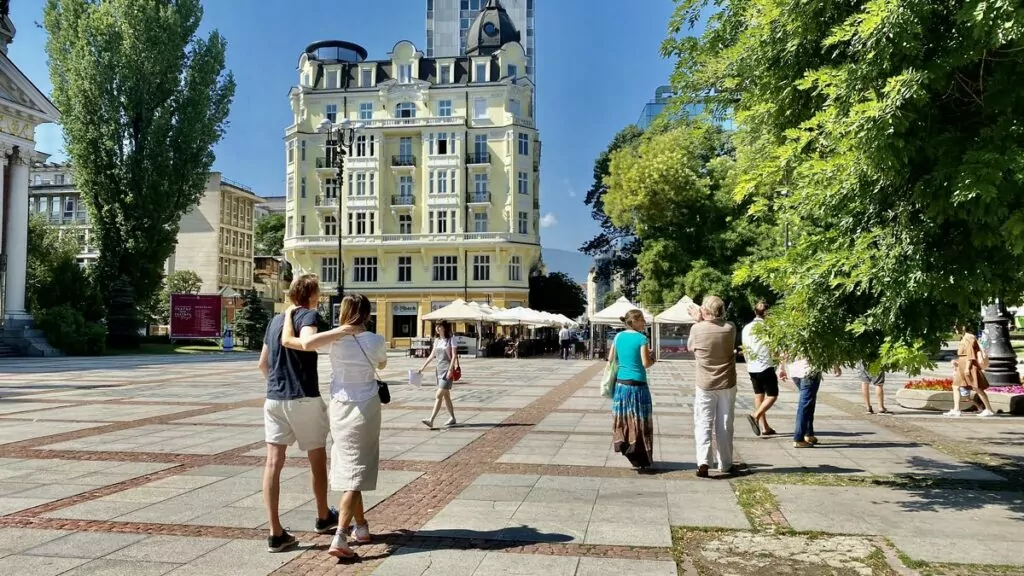
3. See the city's oldest church - St Sophia Church
St Sophia's Church is the very oldest church in Bulgaria's capital Sofia, with a history dating back to the 3rd century. In fact, it was this church that gave the city its current name in the 14th century.
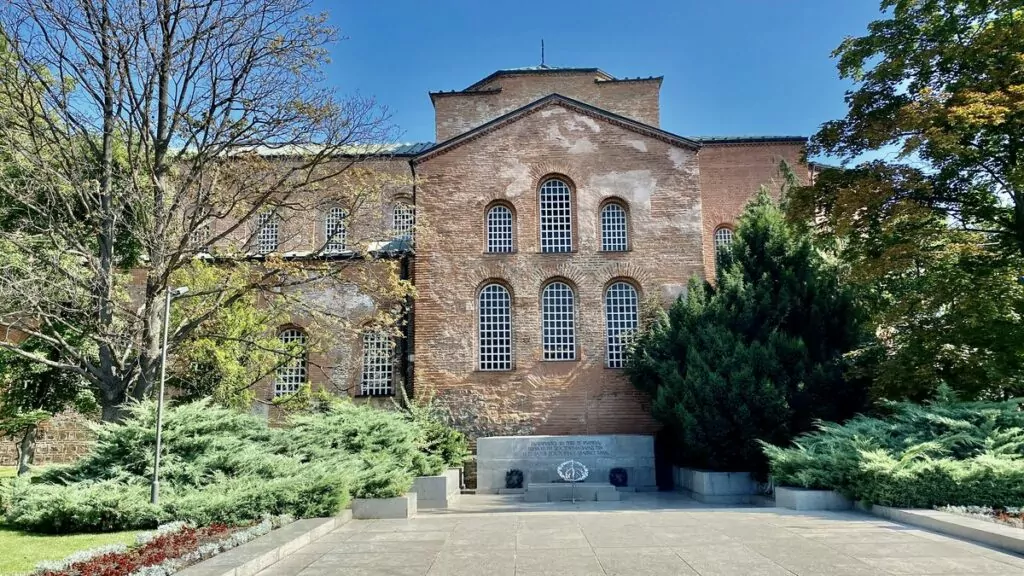
Right next to the church is the Monument to the Unknown Soldier, which commemorates the hundreds of thousands of soldiers who lost their lives defending their homeland. Both the lion below and the stone above are part of the monument.
Address: Ul. Paris 2
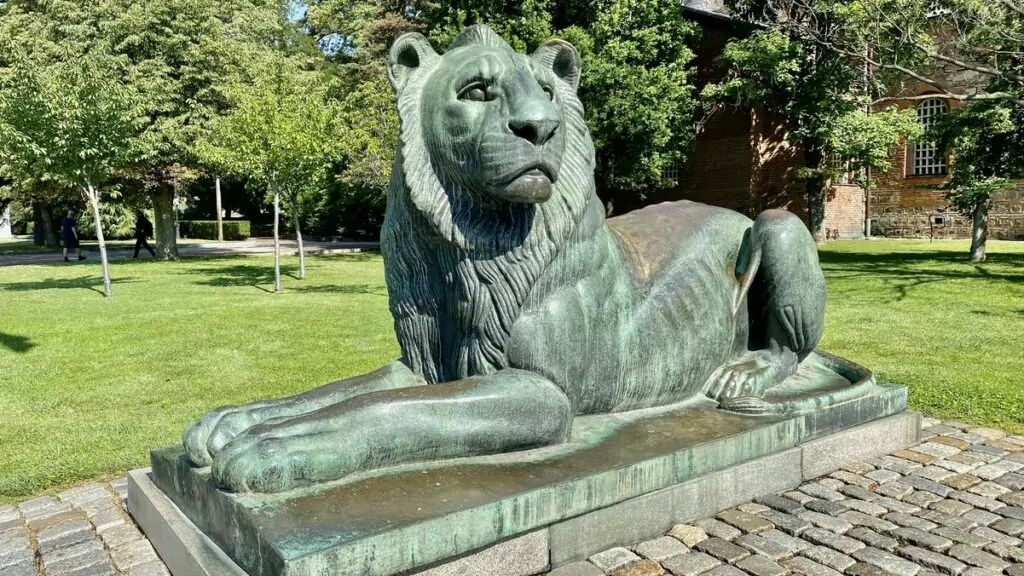
4. Take a look at the St Nicholas Russian Church
St Nicholas Russian Church is an Orthodox church in the centre of Sofia. The church was built in 1882, after Russia liberated Bulgaria from Ottoman rule. A very beautiful church! Mass is sometimes held inside and you were allowed to look inside, but you were not allowed to take photos inside.
Address: Bul. Tsar Osvoboditel 3
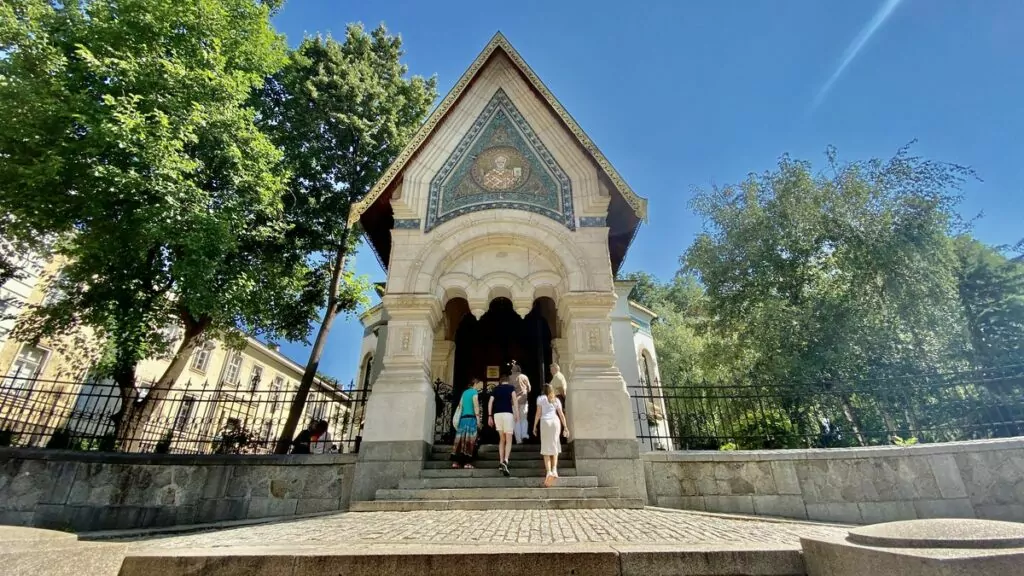
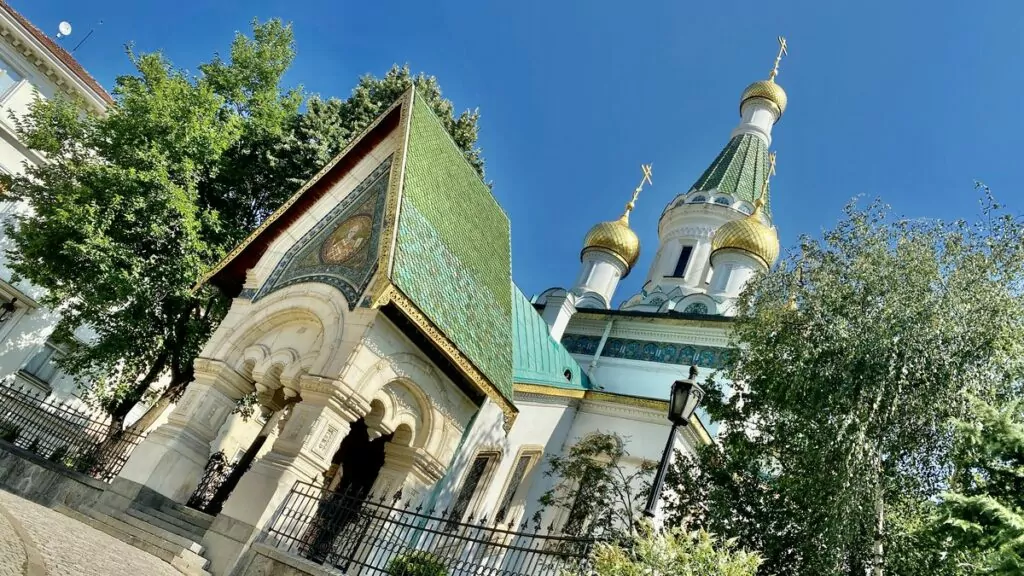
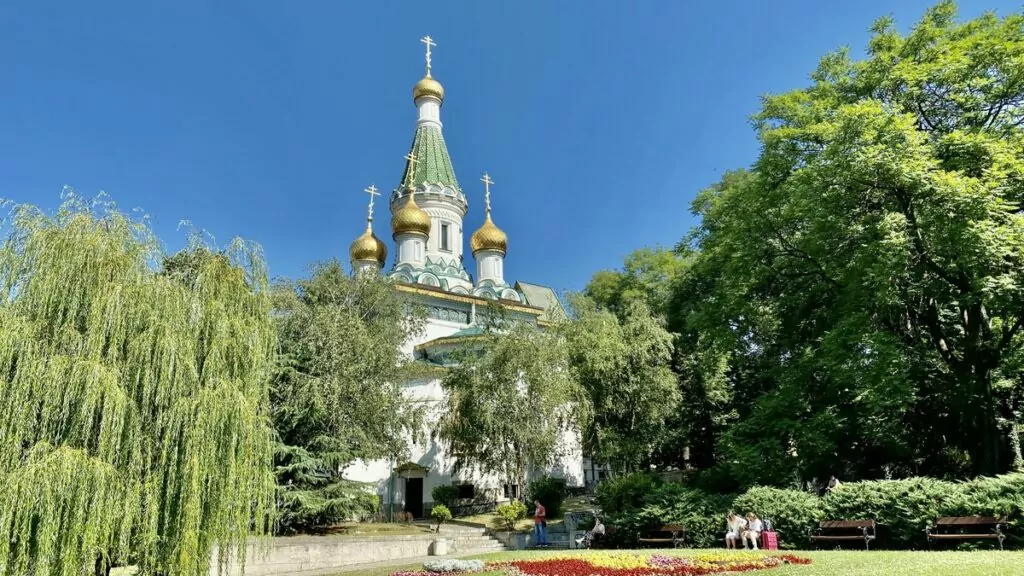
5. Discover ruins from the Roman era
Because Sofia is such an old city, there are also remains from completely different eras of history. Here and there is glass in the ground so you can look down on the remains of another time. Fascinating!
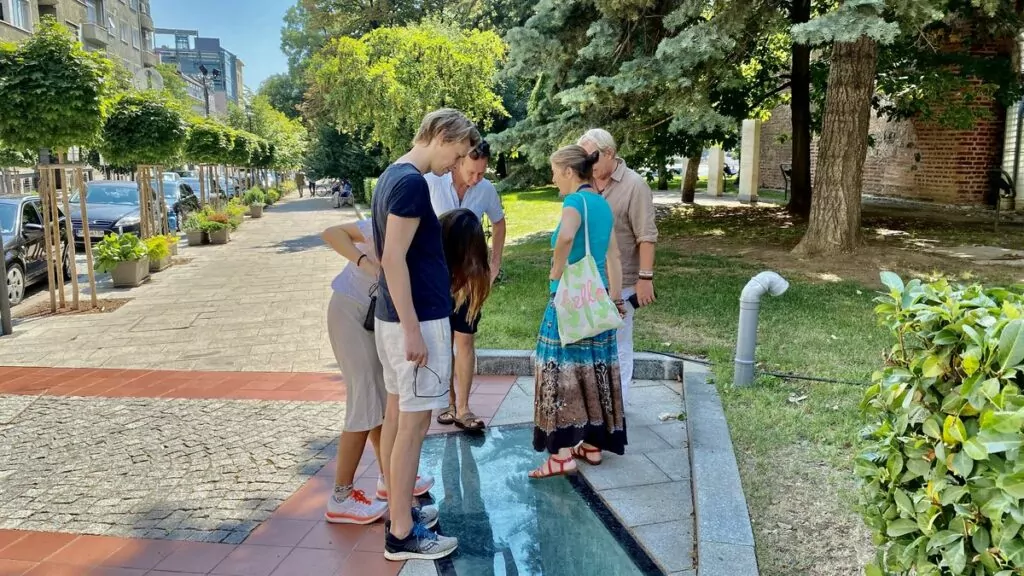
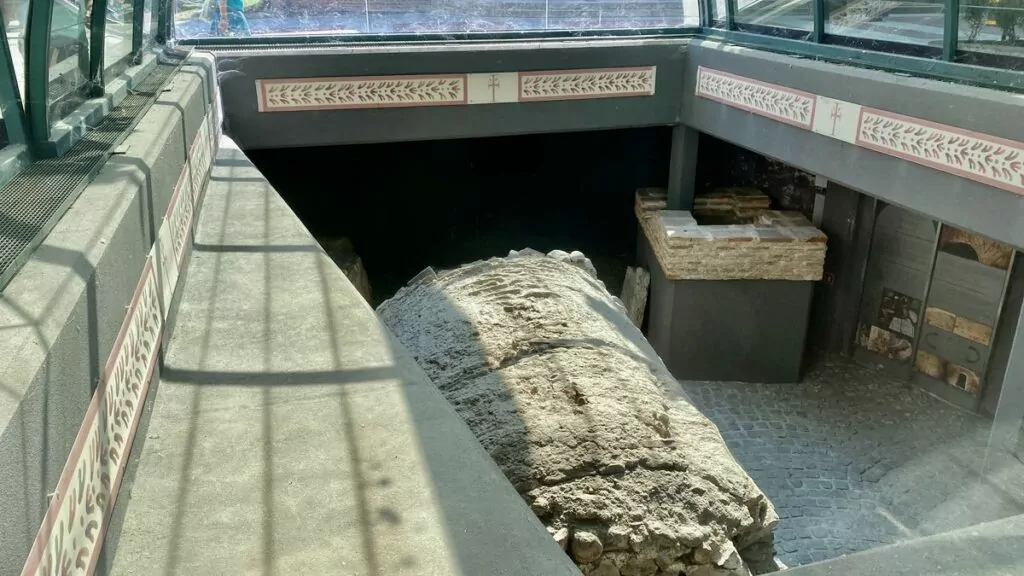
6. spana in St George rotunda
St George Rotunda, or St George Church, is an ancient building in the centre of Sofia. The building was constructed in the 3rd century as a bathhouse, and it was only later that it took on the function of a church. Nearby are the ruins of another ancient church.
Address: Bul. Kniaz Aleksandar Dondukov 2
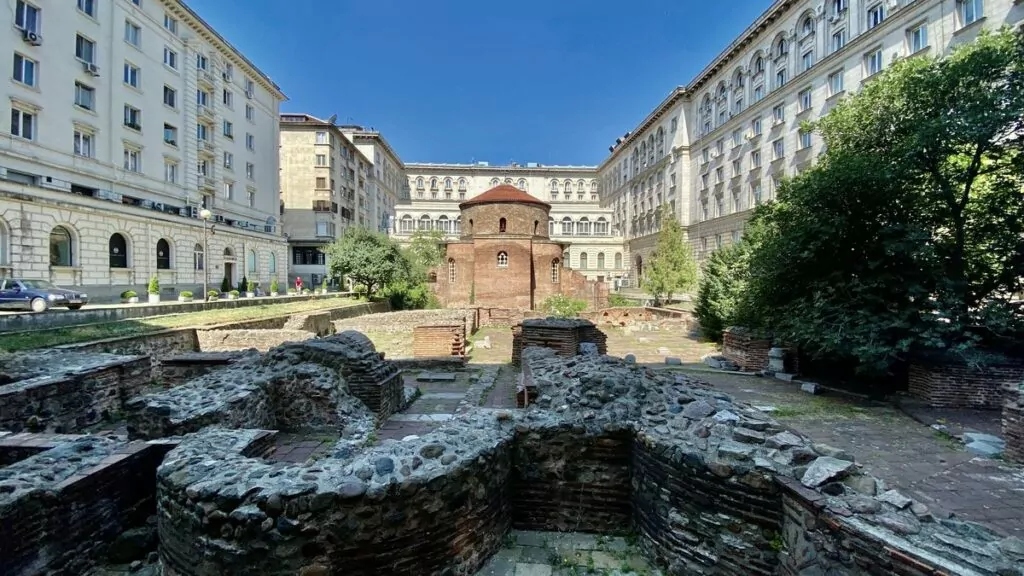
7. Strolling along Sofia's yellow streets
After Bulgaria's liberation from the Ottoman Empire in 1878, Sofia was chosen as the capital of the new country. However, the city was chosen for its location, not its architecture, and Sofia was a rather small and unassuming city at the time.
When Prince Ferdinand of Bulgaria married Princess Marie Louise of Bourbon-Parma in 1893, he dreamed of developing Sofia into a prominent European capital, like Vienna or Budapest. To help with this, he received a great wedding gift from his Austrian relatives in the Habsburg dynasty - yellow bricks. Today, the yellow brick streets have become something of a symbol of Sofia.
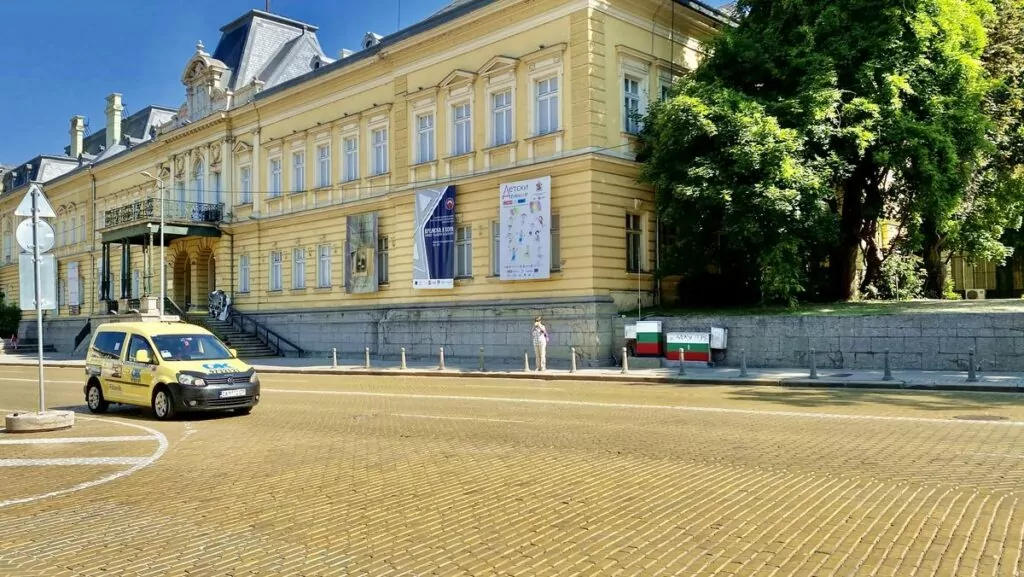
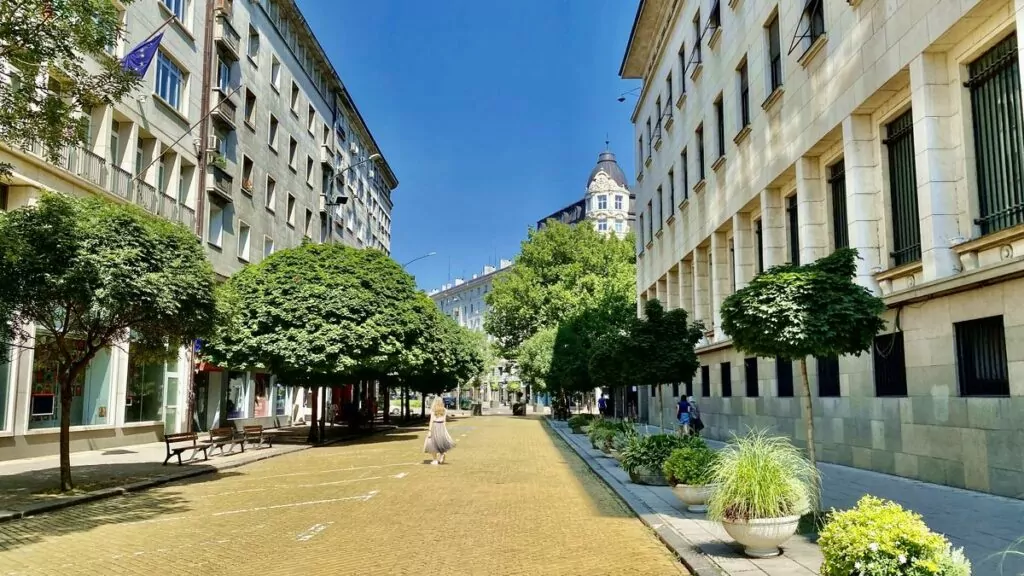
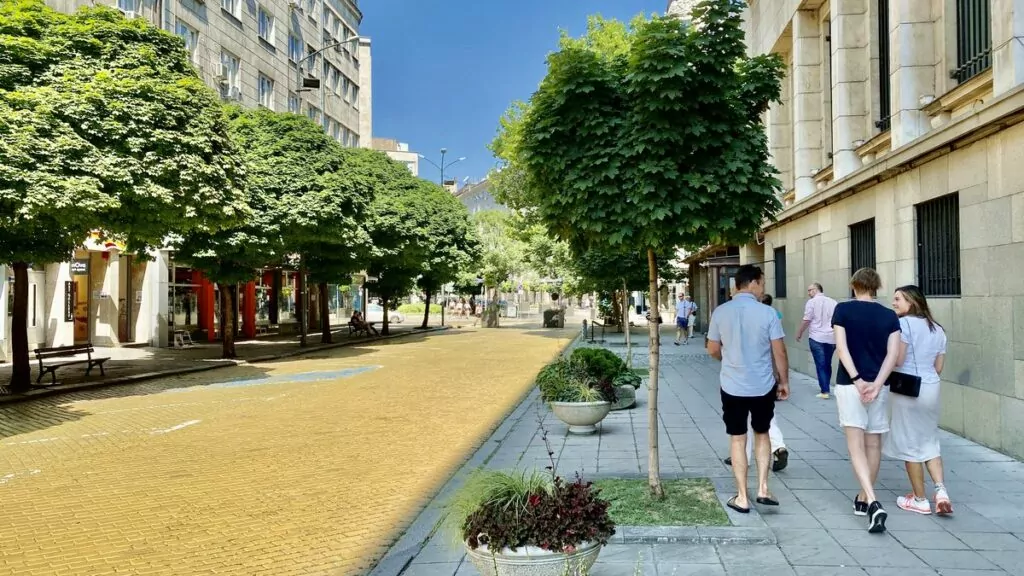
8. Visit the Bojana Church World Heritage Site
We put a tip on this list that we did not have time to see ourselves, namely the Bojana Church. This church is on the UNESCO World Heritage List, and our guides mentioned it repeatedly.
Bojana Church is a medieval church on the outskirts of Sofia that includes three buildings, built in the 10th, 13th and 19th centuries. The church is known, among other things, for its frescoes from 1259.
Address: Ul. Boyansko ezero 3
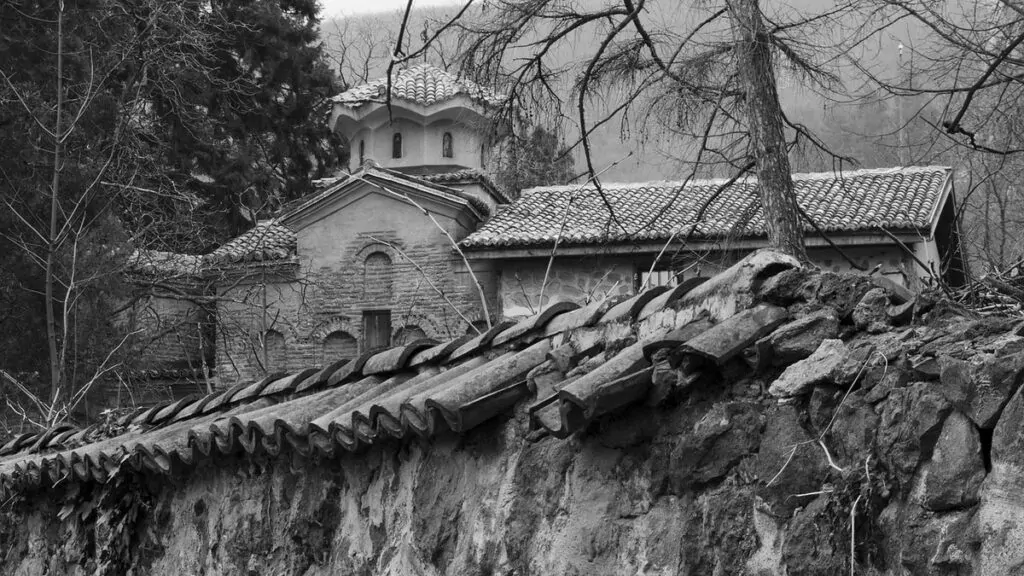
9. Enjoy the environment of the city park and the Ivan Vazov National Theatre.
There are several parks in the centre of Sofia and one of them is the City Park. Here you can enjoy lovely green areas, plantings and fountains, or perhaps sit down at a café.
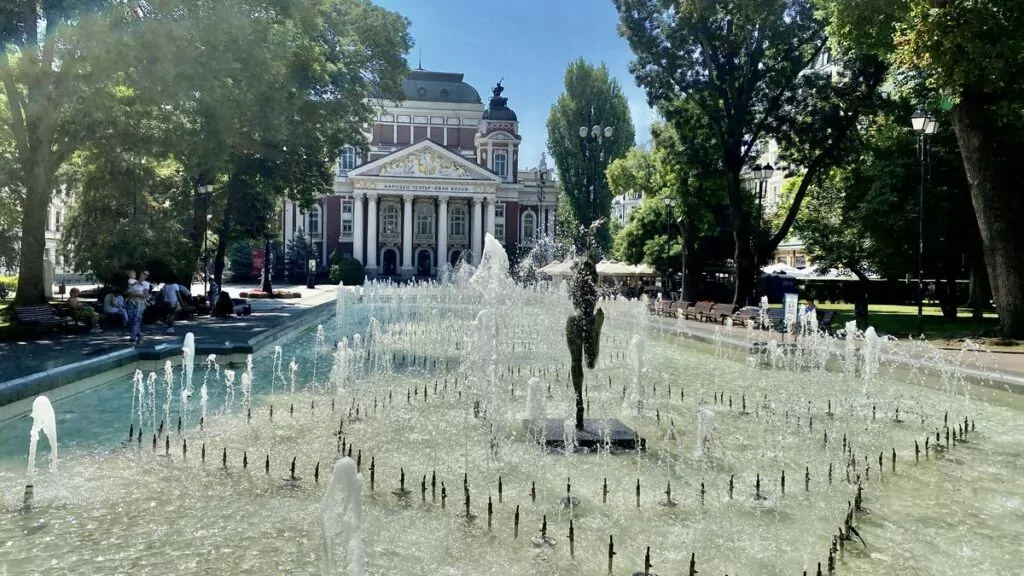
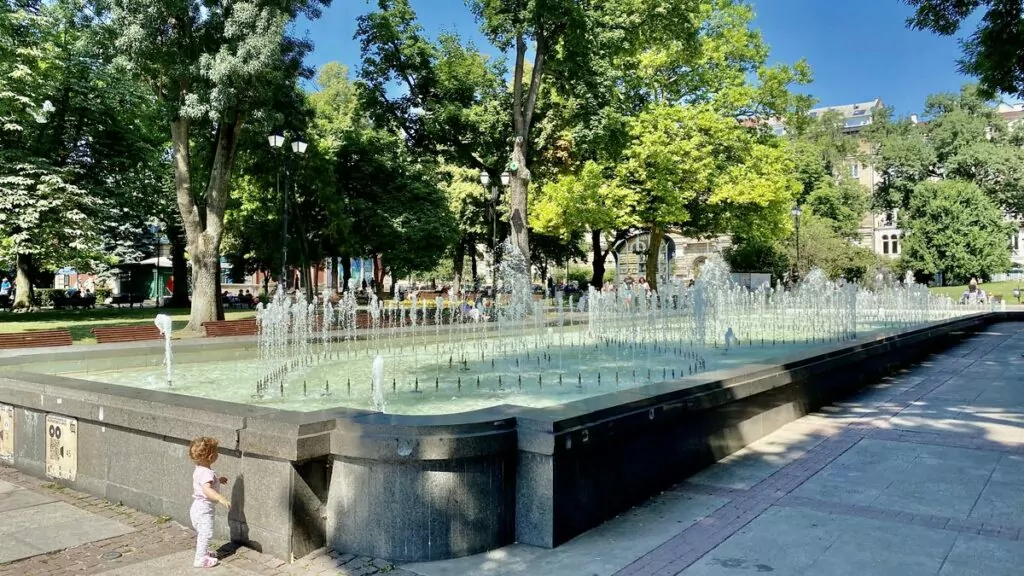
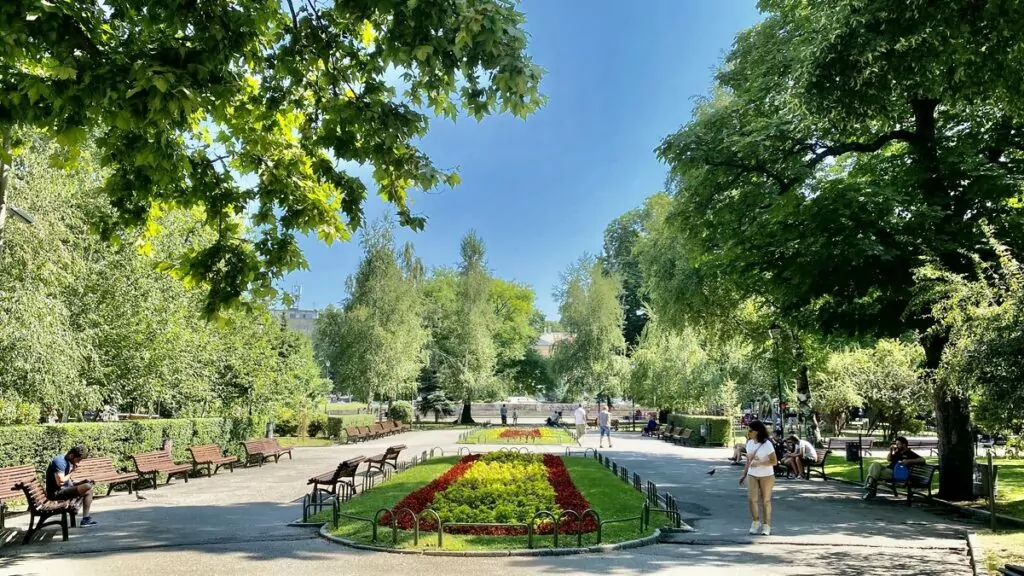
Right next to the park is the Ivan Vazov National Theatre. This theatre, founded in 1904, is the oldest and most important theatre in the country. It is also a very beautiful and impressive building.
Address: Ul. Dyakon Ignatiy 5
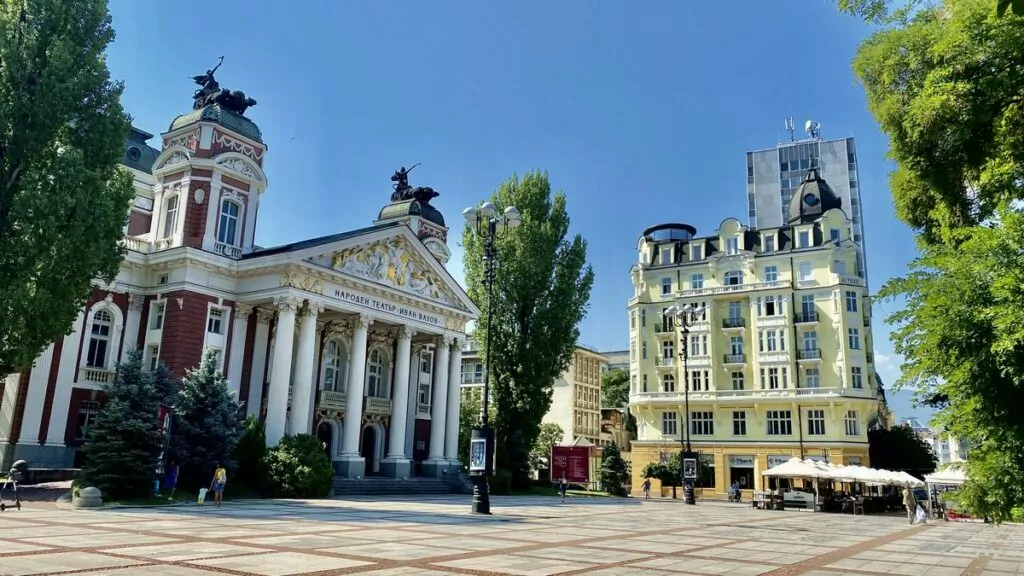
10. Have dinner at Cosmos restaurant
There are a number of modern and exciting restaurants in Sofia, and one of them is Cosmos. Here we started with a drink including vermouth, kombucha and elderflower, accompanied by some "amuse-bouche", i.e. small appetisers.
We then continued with a salad - and it was very nice to finally experience a restaurant that dared to experiment a bit with the traditional Bulgarian starter salad. For the main course we chose lamb served with spinach puree, roasted baby potatoes and lamb liver. This was excellent, although in retrospect we almost regretted not choosing the homemade polenta, which we got to taste a bit of. So God!
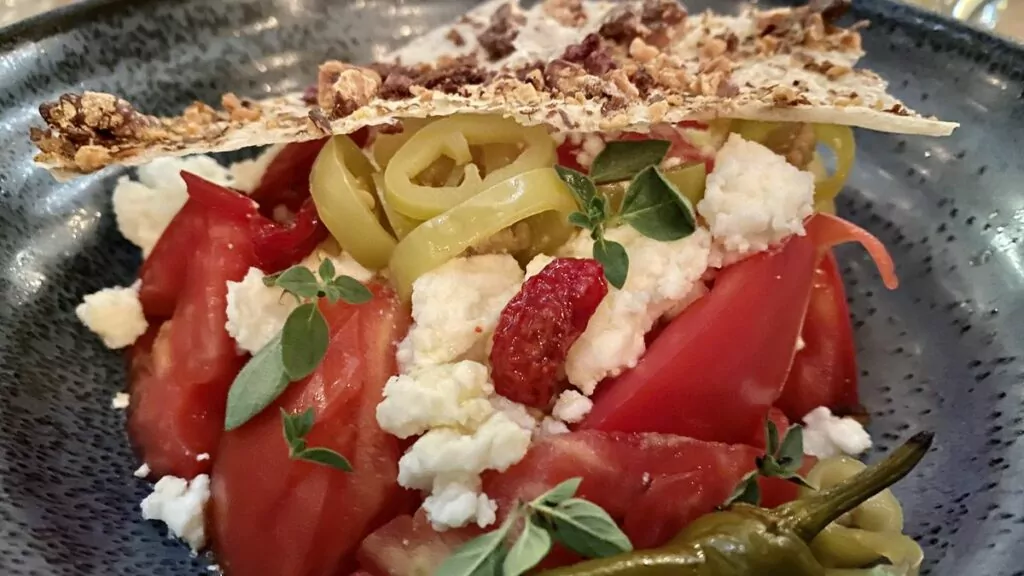
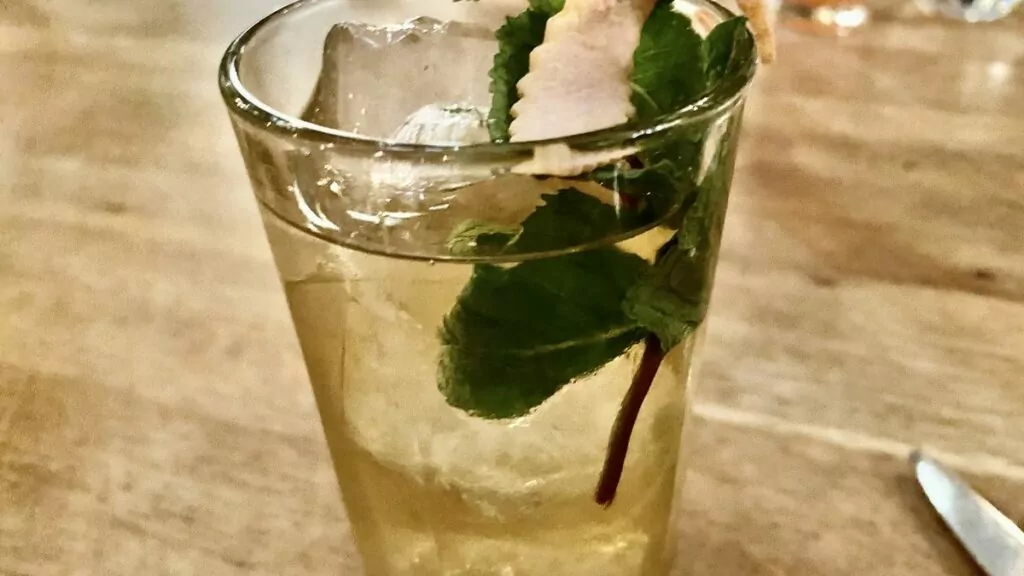
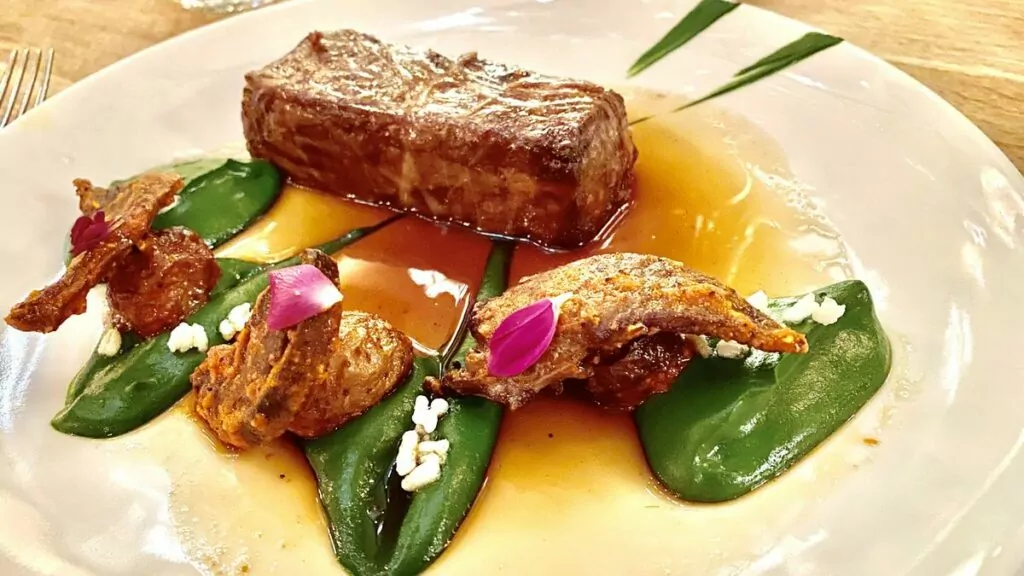
However, the greatest pleasure was the dessert, which was perhaps not primarily due to the dessert itself (although it was very good!) but the serving of it.
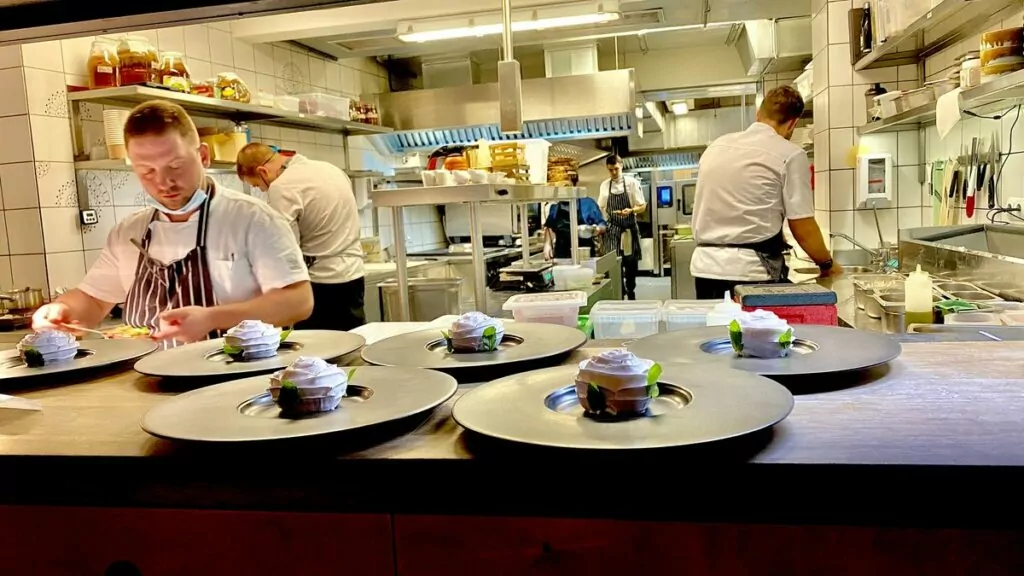
Our waiter (who was at least as much an entertainer as a waiter) came out wearing protective clothing and goggles and then lit our desserts on fire at the table. As an added bonus ("Do you want some more fire?") he put on a fire show in the centre of the restaurant. Neat, professional and definitely memorable!
Address: Lavele St 19
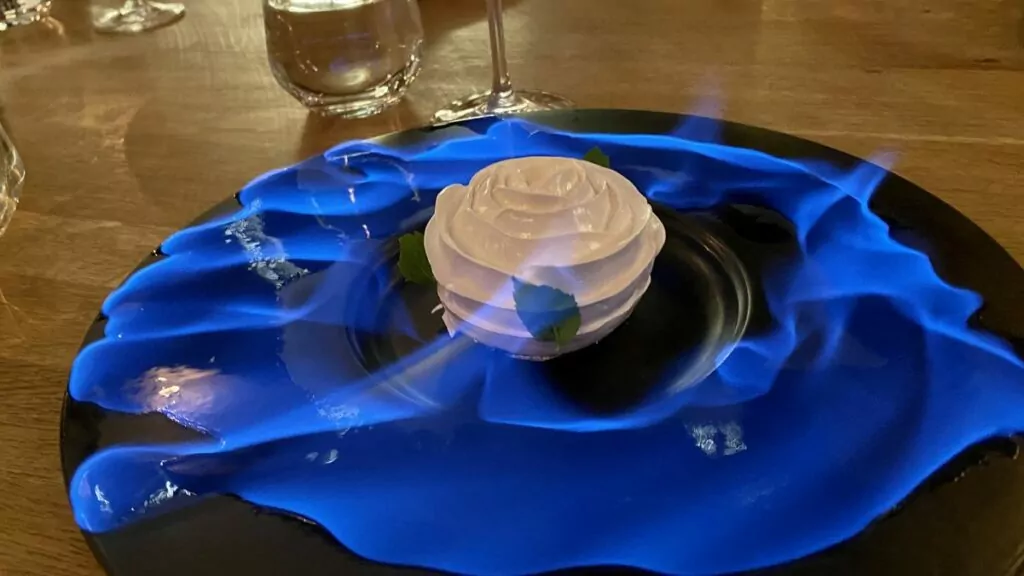
11. Have a drink at The Scene Rooftop Bar & Terrace.
If you want to end your evening with a drink at a rooftop bar, we can definitely recommend The Scene Rooftop Bar & Terrace at the Hyatt Regency. It has a great view of the city and an exciting drink menu to browse through.
Address: Vasil Levski Square
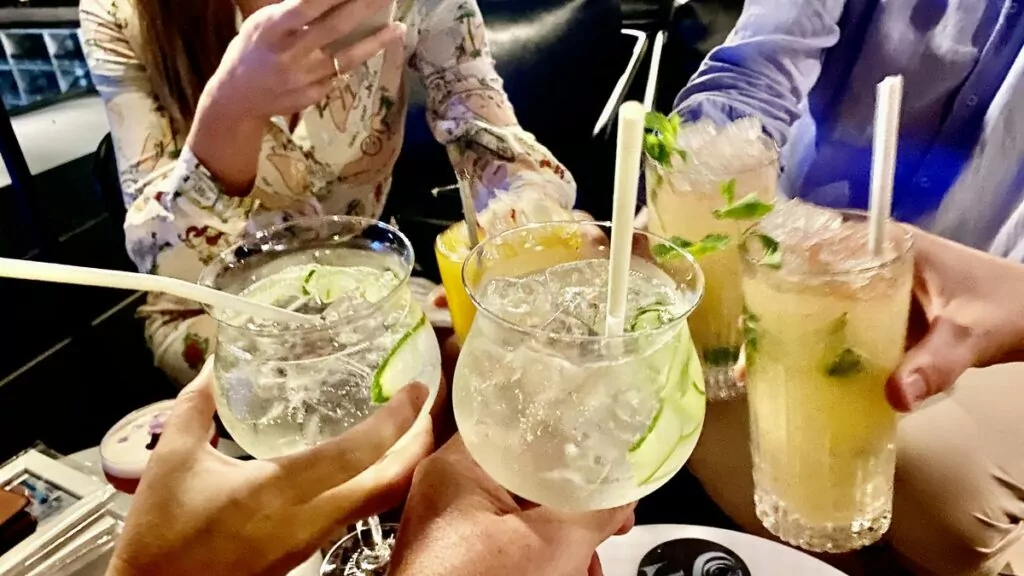
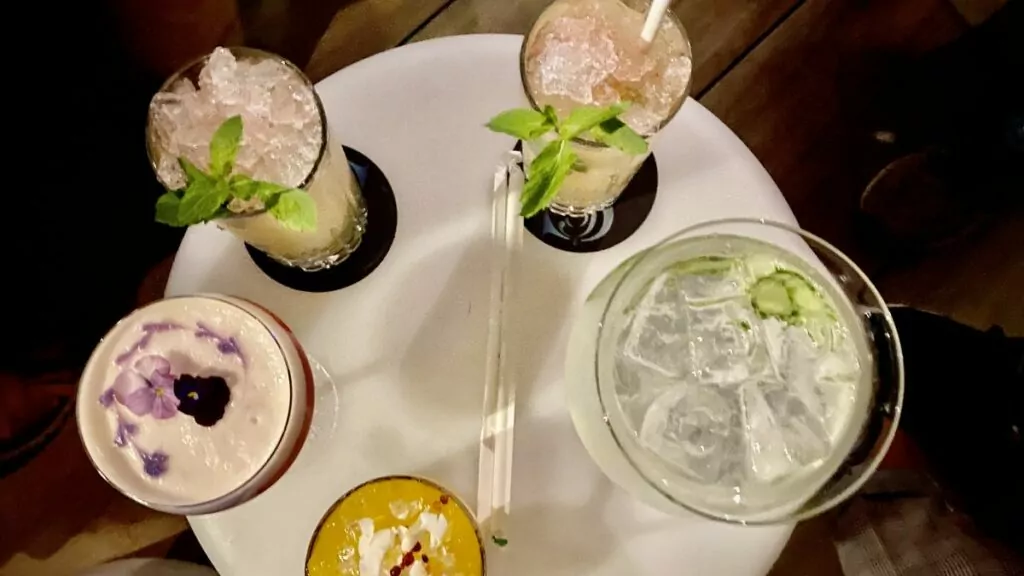
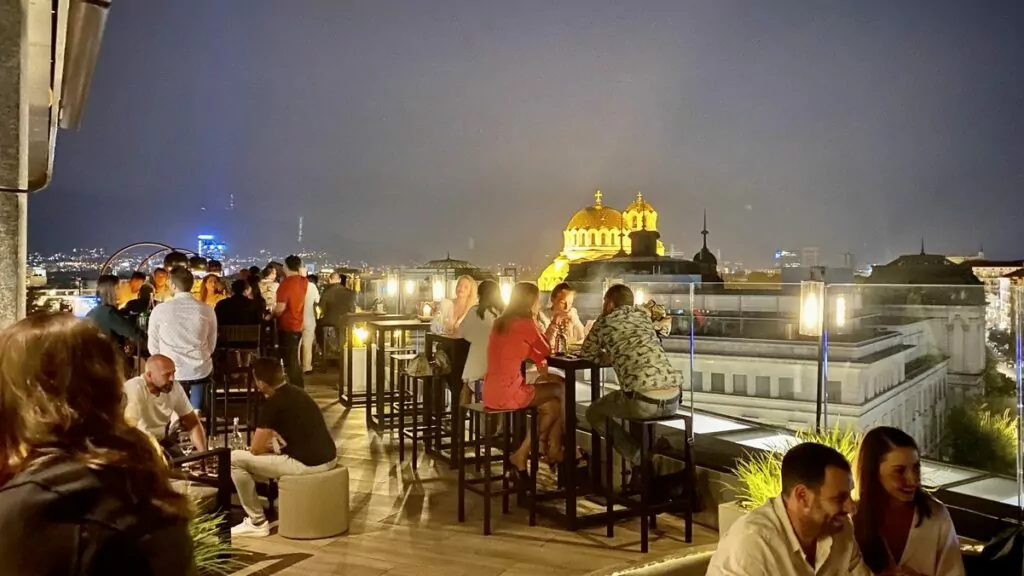
More to see and do in Sofia for culture and history lovers
Want even more tips for things to do in Sofia? Here are some more suggestions for culture and history lovers.
- Amphitheatre of Serdica was an amphitheatre in the ancient Roman city of Ulpia Serdica. The amphitheatre was discovered in 2004 and is the largest in Bulgaria. (Budapeshta Street 4)
- Banya Bashi Mosque is a mosque completed in 1566 (Boulevard Knyaginya Maria Luiza 18).
- Central Mineral Baths is a former bathhouse, which today houses a regional history museum. (1 Banski Square)
- National Archeological Institute also includes an archaeological museum. (Saborna Street 2)
- National Museum of History tells about different periods of Bulgarian history. (Vitoshko lale Street 16)
- National Museum of Military History talks about military history in Bulgaria and Europe (ul. Cherkovna 92).
- Church of Sveta Nedelja is a Bulgarian Orthodox Church (Pl. Sveta Nedelya 20).
- Synagogue in Sofia is the largest synagogue in south-eastern Europe (Exarch Joseph Street 18).
- Presidential building is magnificent and here you can also see the changing of the guard (Bul. Kniaz Aleksandar Dondukov 2).
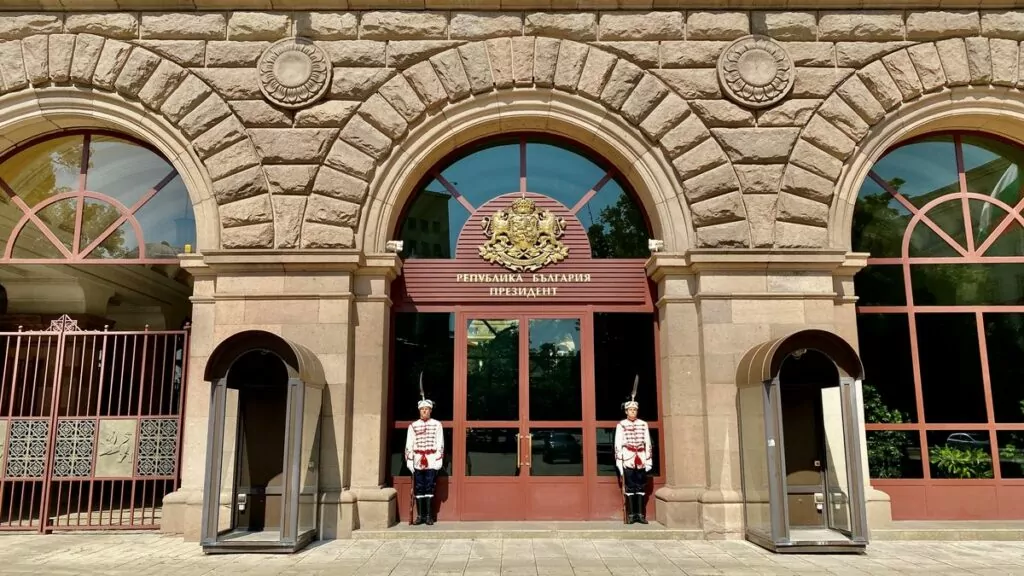
More things to do in Sofia for nature lovers
Do you prefer to be in nature? Here are more tips for things to do in Sofia and the surrounding area that might suit you.
- Borisova gradina is the oldest and most famous park in Sofia. The park dates from 1884 and is named after Boris III of Bulgaria.
- Boyana waterfall is the largest waterfall in the Vitosha massif, with a height of 25 metres.
- Vitosha mountain range is a natural area popular for hiking, mountaineering and skiing.
- Vrana Park Museum is located on the outskirts of Sofia and includes the former Royal Palace and a park area.
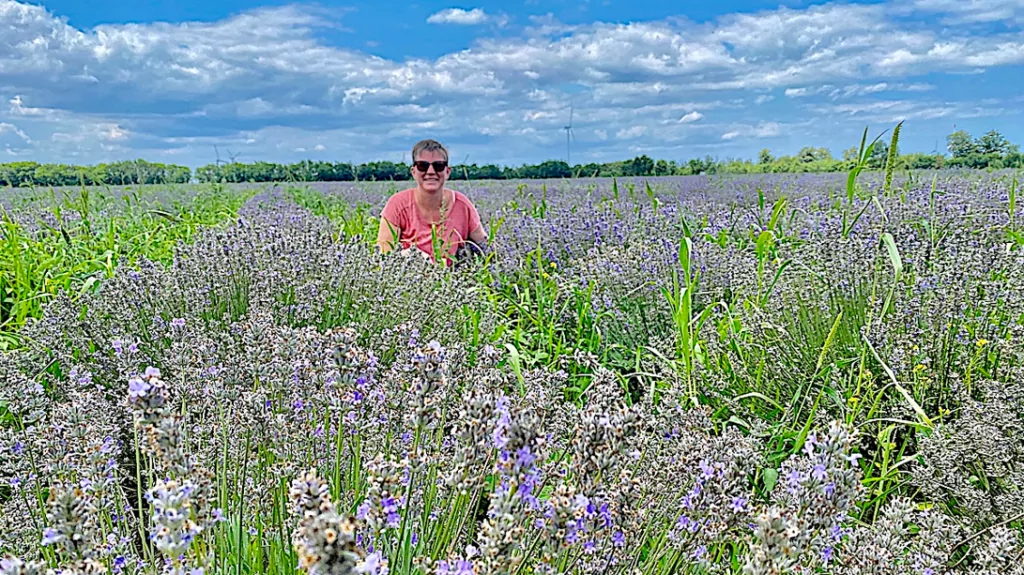
More things to do in Sofia for those who like shopping, food and wine
- Bulgarian wines you don't want to miss. There are almost 300 vineyards in Bulgaria, and Bulgarian wine is served in many restaurants.
- Mall of Sofia is a large shopping centre with over 130 shops, restaurants and more. (Stamboliyski Blvd 1303)
- Traditional Bulgarian food is served in many restaurants. Start your meal with a classic shopkeeper's salad (in the colours of the Bulgarian flag).
- Vitosha Boulevard is the main commercial street in Sofia, filled with shops, restaurants and bars.
- Beer from microbreweries, known as craft beer, has become increasingly popular in Bulgaria.
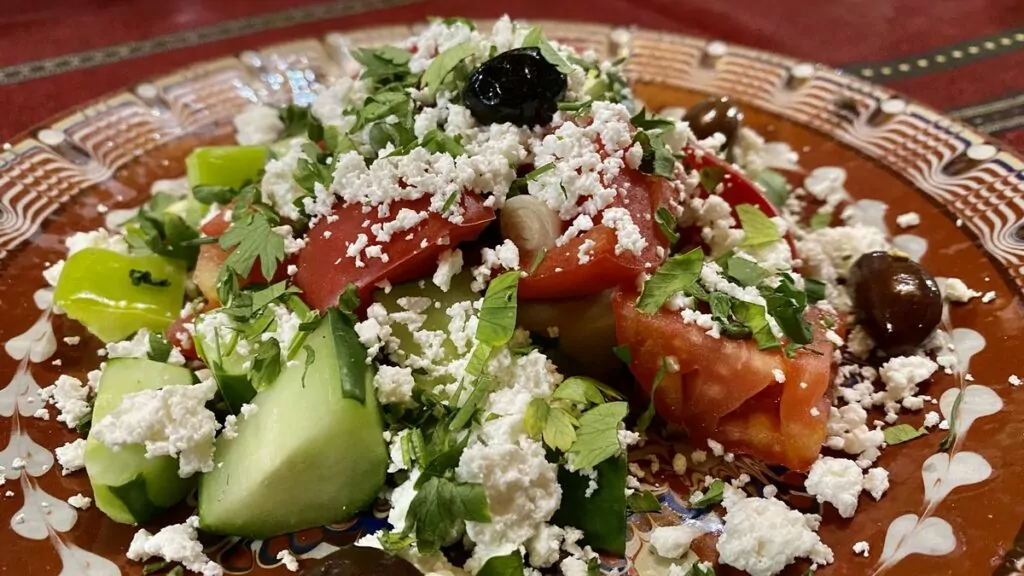
Where to stay in Sofia?
There are of course many different hotels to choose from in Bulgaria's capital. We stayed at the Hyatt Regency, which is fresh, modern and in a very good location for most things you want to see and do in the city. Our room was stylish, with a comfortable bed and plenty of light.
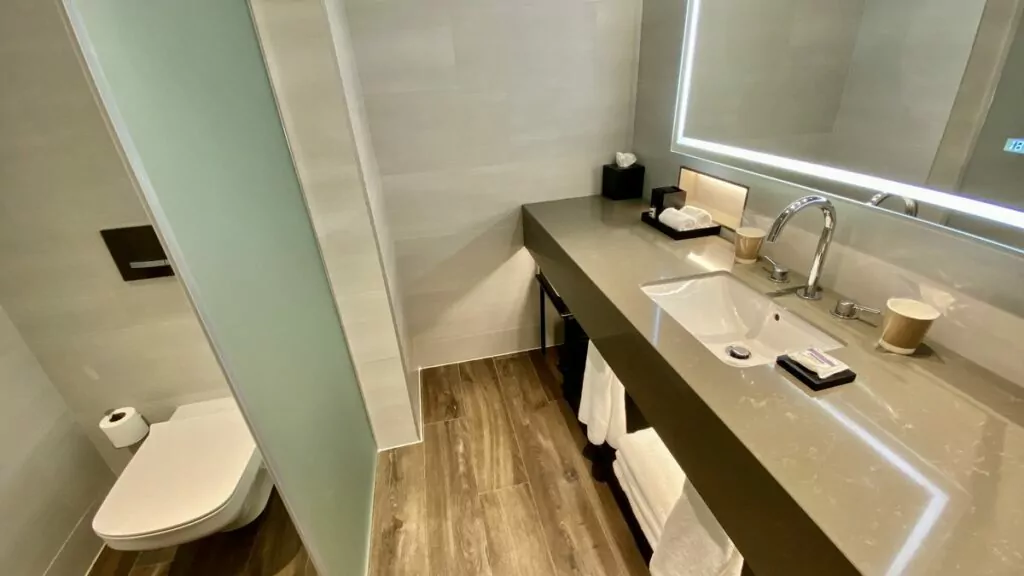
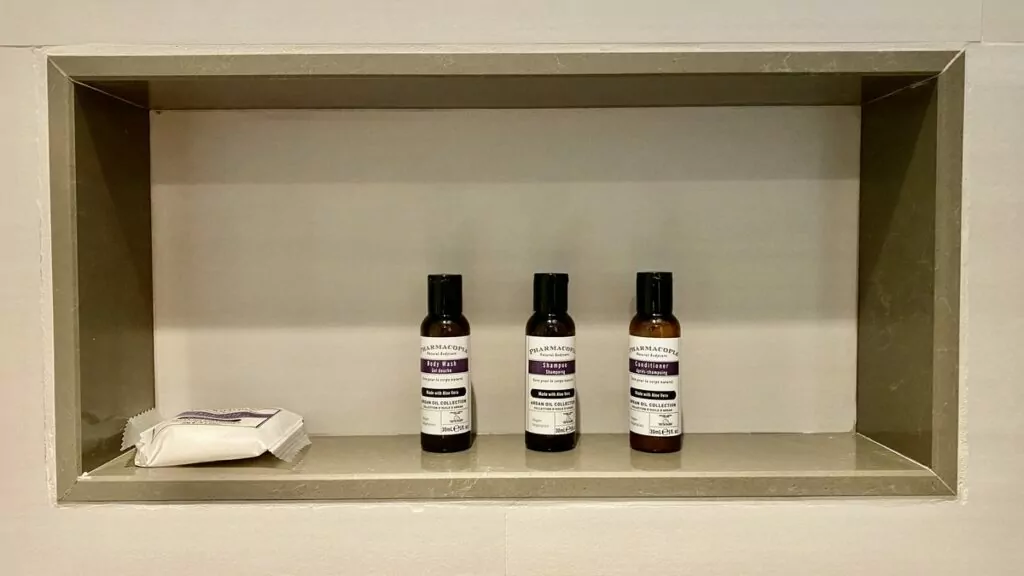
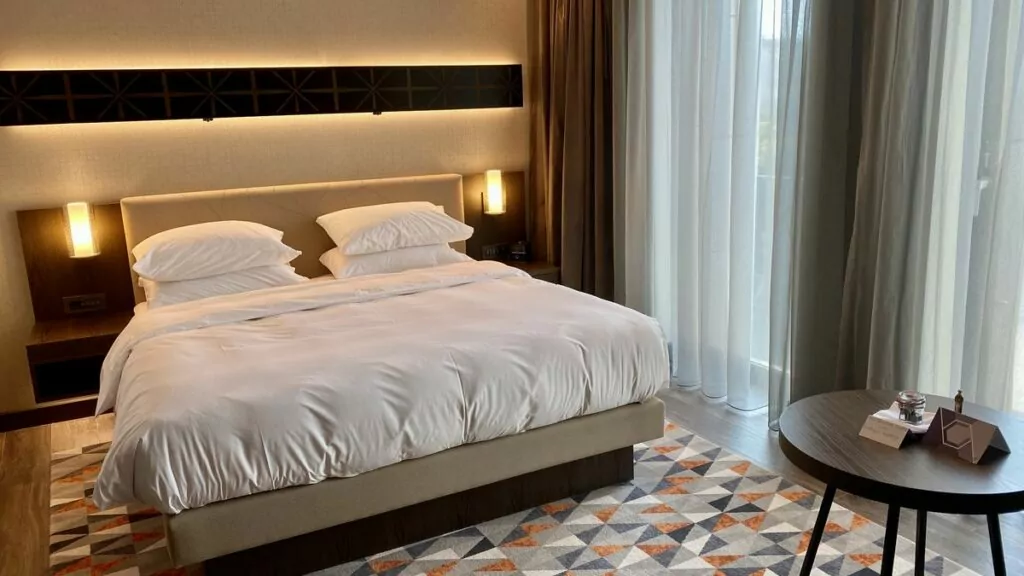
The breakfast was really good and applied a model we like - rather fewer but carefully selected products. At a small counter you could pick up things like fresh bread, good cheeses, muesli and chia pudding. At the table you could then order coffee, tea, juice, ginger shots and different types of eggs, including Eggs Benedict.
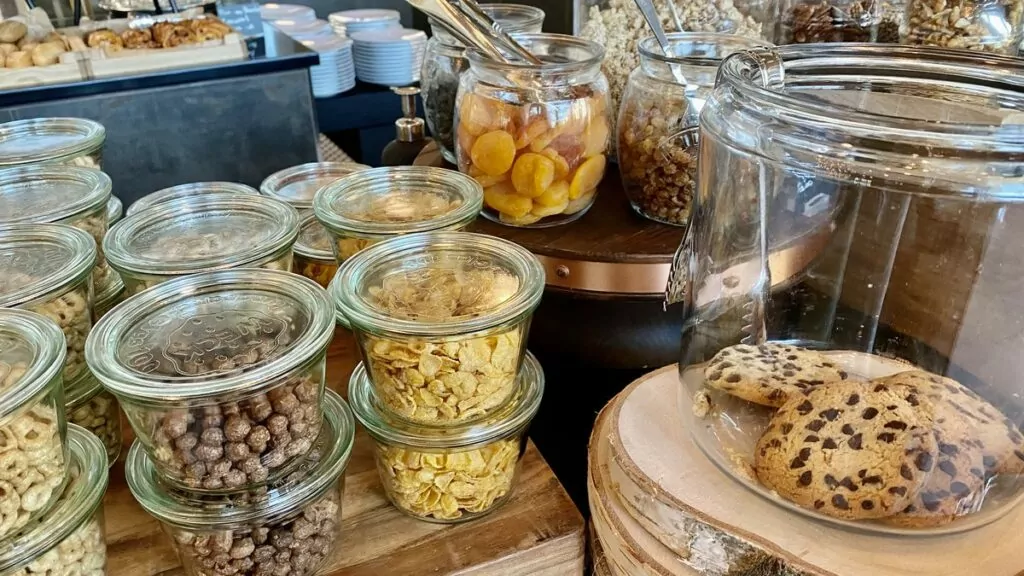
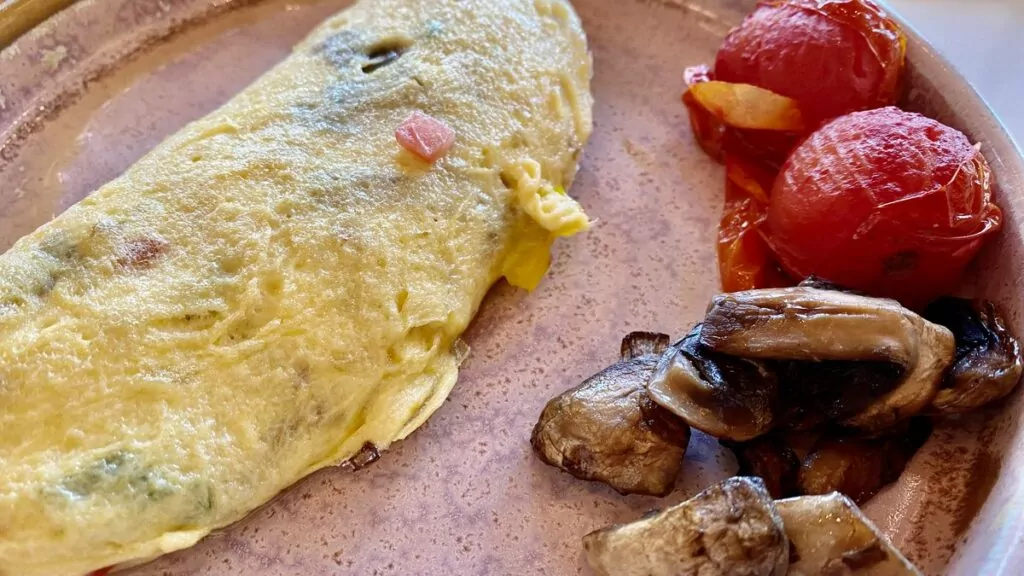
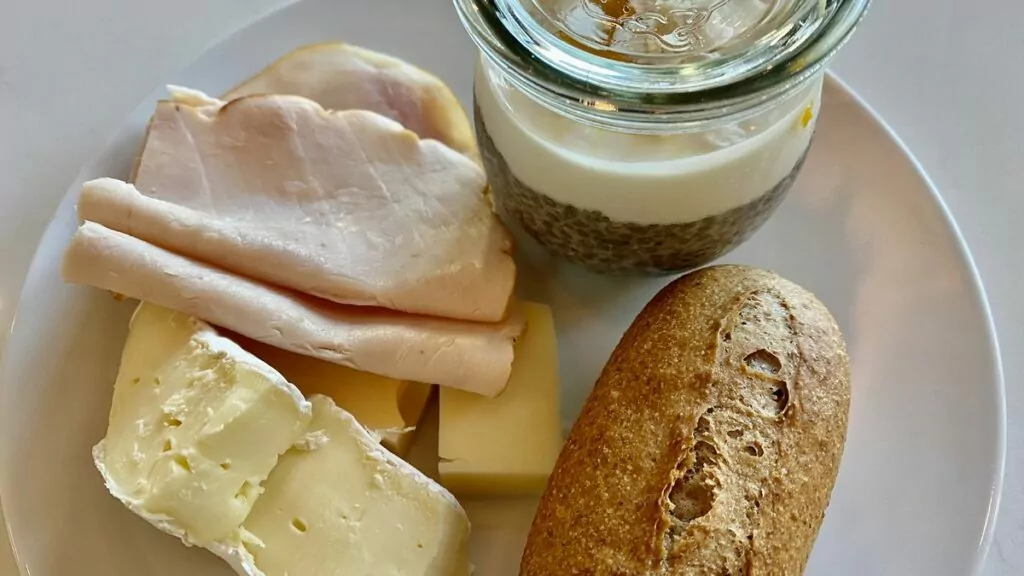
There is also a gym and a modern and fresh spa with a swimming pool, various saunas and treatments.
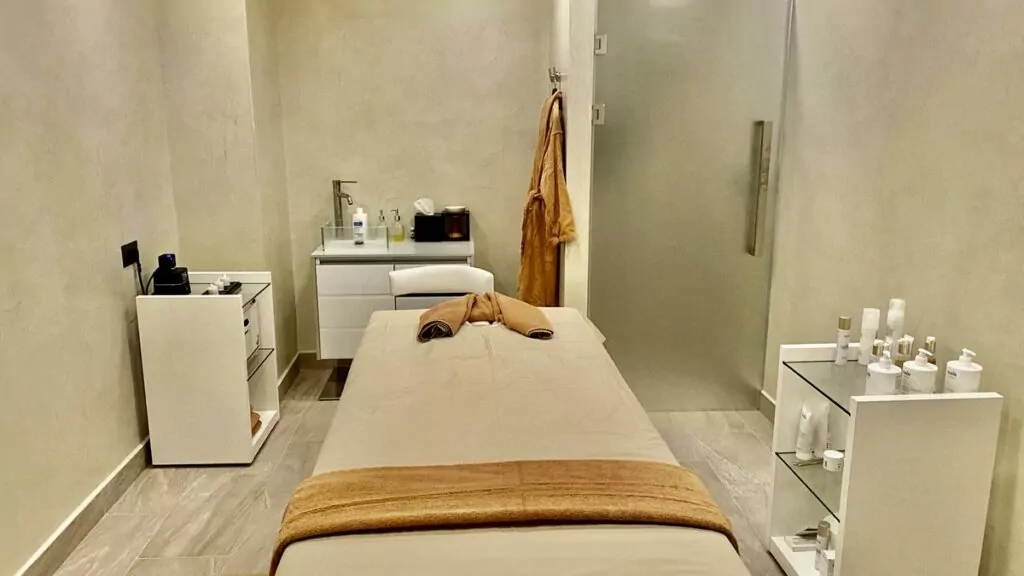
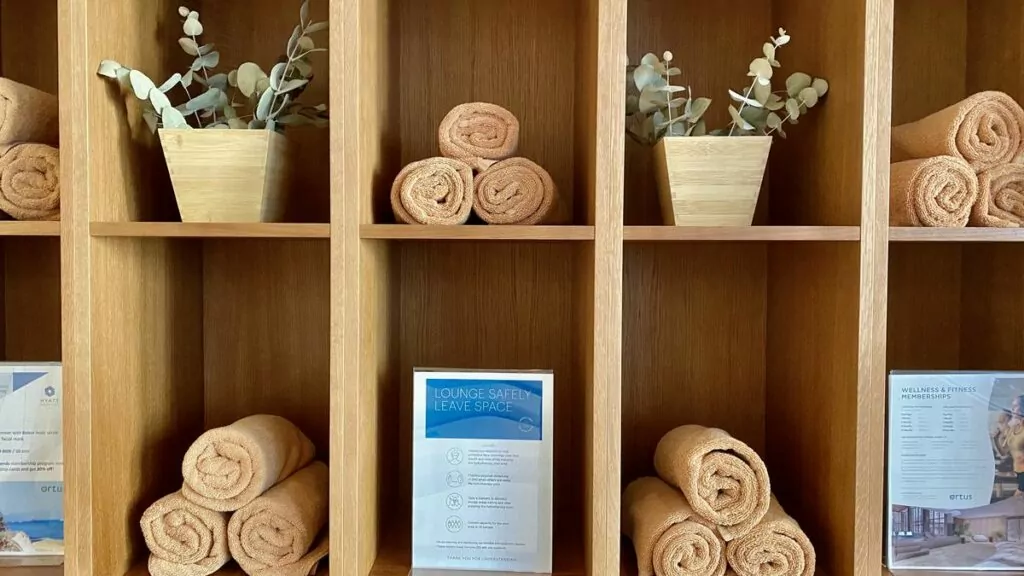
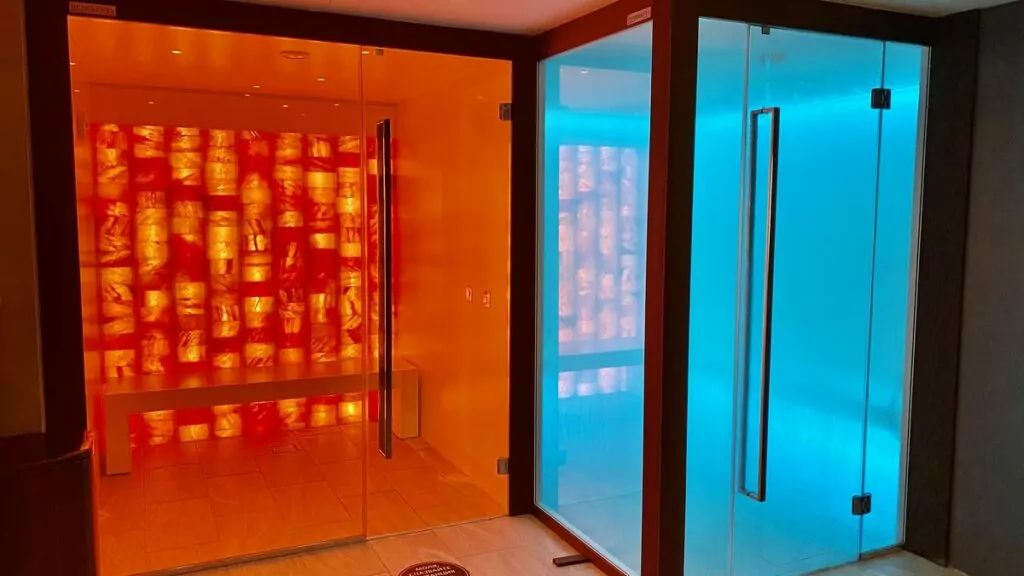
More to see and do in the neighbourhood
Less than two hours south of Sofia by car is the Rila Monastery, a Unesco World Heritage Site, which is also very beautiful. If you drive south-east instead, you can reach Plovdiv, Europe's oldest city, in about the same time. Getting to the Black Sea coast takes quite a long time (50 minutes by plane or 5.5 hours by car) but if you have time, it's definitely worth experiencing places like Nesebar, Varna and Baltjik.
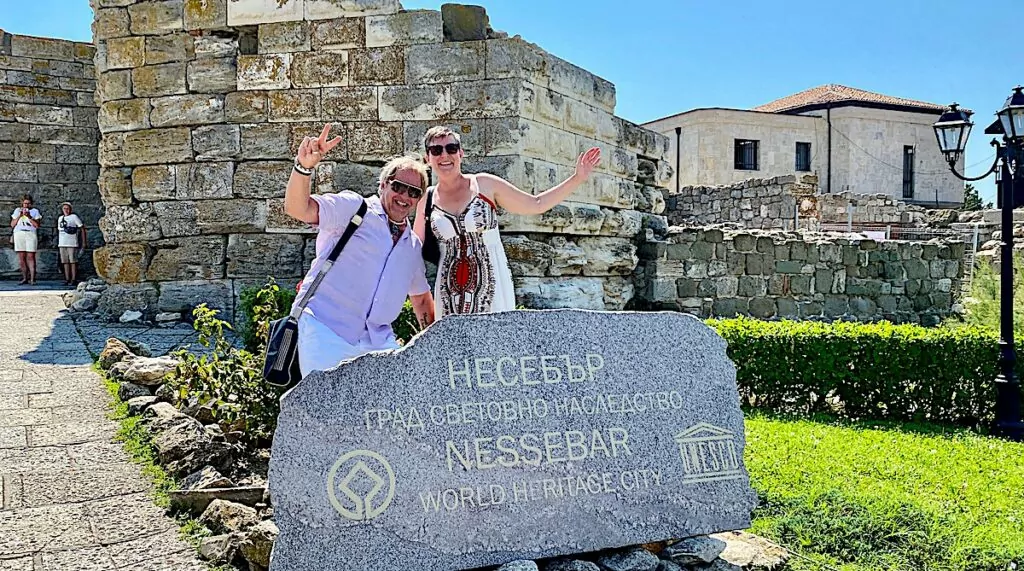
More tips for things to do in Sofia?
Have you visited the capital of Bulgaria? If so, what are your top tips for what to see and do in Sofia?
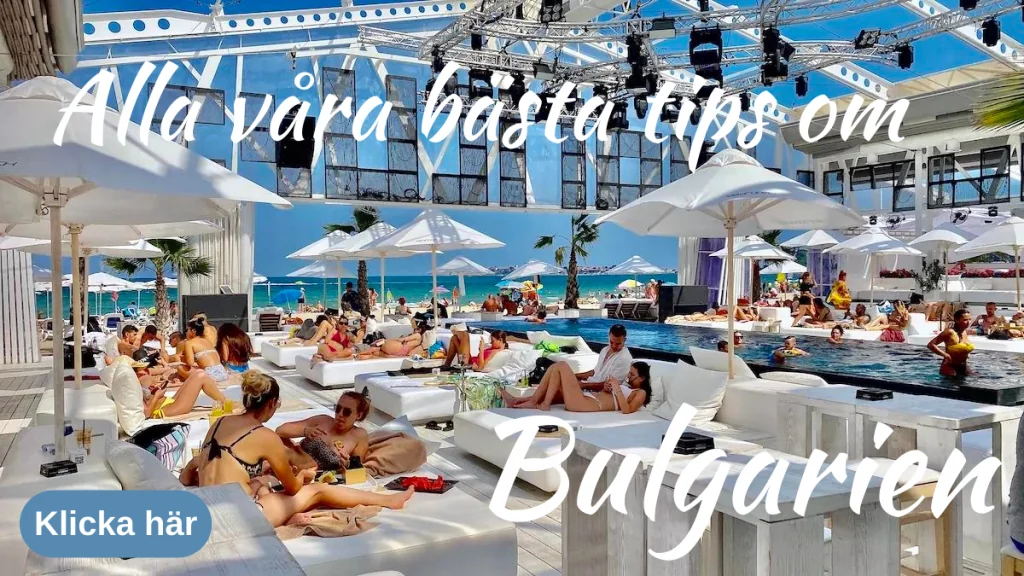
Facts about Sofia in Bulgaria
- Country: Bulgaria
- Region/oblast: Sofia
- Population: Around 1.3 million (2018)
- Location: In western Bulgaria, at the foot of the Vitosha mountain range.
- Rivers: Vladajska, Perlovska and several smaller rivers.
- The name: София (Sofija) in Bulgarian. The name means wisdom in Greek. Throughout history, the city has had several other names.
Good to know
- Language: Bulgarian (written in the Cyrillic alphabet)
- Time difference: +1 hour
- Currency: Lev. 1 lev = 5.20 sec (August 2o21)
- Price level: Low. According to the 2019 Forex Country Index, Bulgaria is at 35 (compared to Sweden at Index 100).
Travelling to Sofia
- Flight: Several different airlines can take you to Bulgaria's capital. We flew with LOT Polish Airlines, with a stopover in Warsaw.
- Car: From Rostock in Germany, via the A1 motorway, it takes about 19 hours to drive, counting pure mileage without breaks.
History in Sofia
- 7th century BC: Thracians settled in the area. At this time the place was called "Serdica", after the Thracian branch Serdi.
- 5th century BC: Another Thracian branch, the Odrysi, settled in the area.
- 300s BC: For a brief period, the city belonged to Philip II of Macedonia and his son Alexander the Great.
Year 0 to 5th century
- Year 29: Around this year the city was conquered by the Romans and named 'Ulpia Serdica'.
- Year 98: During the reign of Emperor Trajan (98-117), the city became an administrative region.
- 100s: Under Claudius Ptolemy, the city was expanded with walls, towers, public baths, a basilica, an amphitheatre and administrative buildings.
- 20th century: When Emperor Diocletian divided the province of Dacia into Dacia Ripensis and Dacia Mediterranea, Serdica became the capital of Dacia Mediterranea.
- 447: Sofia was destroyed by Huns.
- 5th century: The city, named Triaditsa, was rebuilt and prospered under the leadership of the Byzantine Emperor Justianius I.
9th to 15th century
- 809: Sofia became part of the First Bulgarian Empire under Krum of Bulgaria.
- 1018: The city fell under the Byzantine Empire, but soon became part of the Second Bulgarian Empire under Tsar Ivan Asen 1.
- 1376: The city was named Sofia (meaning wisdom in Greek) after the church of St, Sofia.
- 1382: The city was taken over by the Ottoman Empire under the leadership of Murad I and became the capital of the Ottoman province of Rumelia.
19th century to present
- 1877-1878: During the Russo-Turkish War, Sofia was taken over by Russian troops and soon afterwards became the capital of the autonomous principality of Bulgaria.
- 1908: The Principality of Bulgaria became the Kingdom of Bulgaria.
- The Second World War: Sofia was bombed by Allied air forces and later occupied by the Soviet Union. Sofia became the capital of the communist-run People's Republic of Bulgaria.

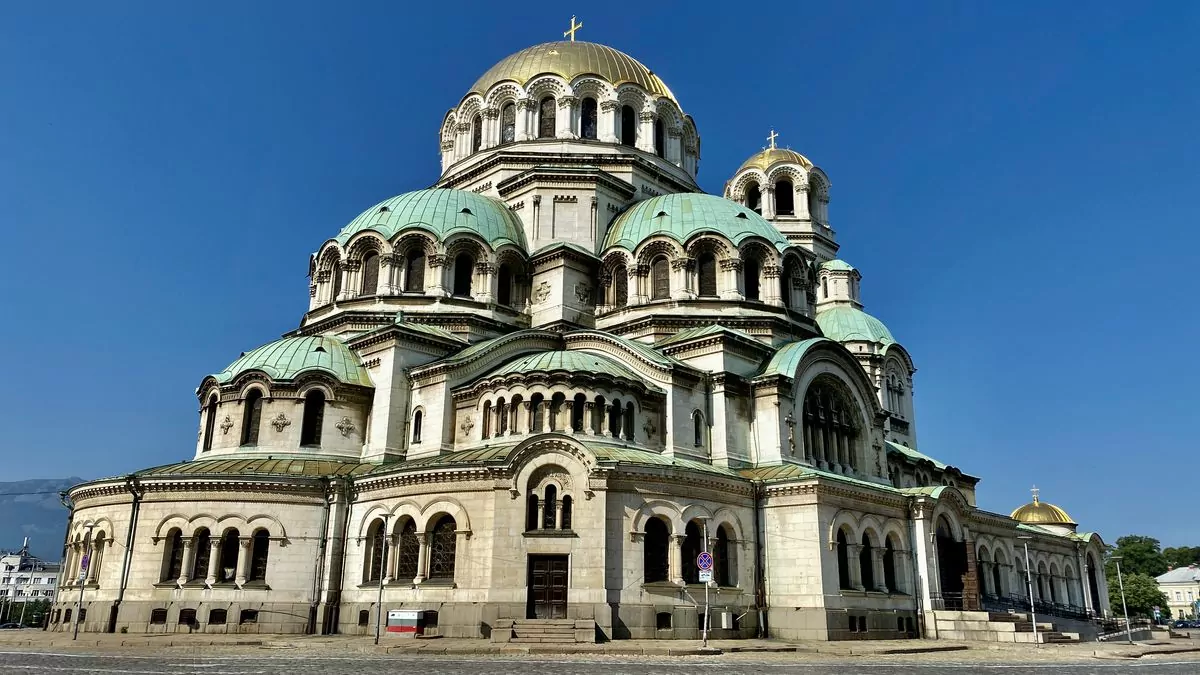







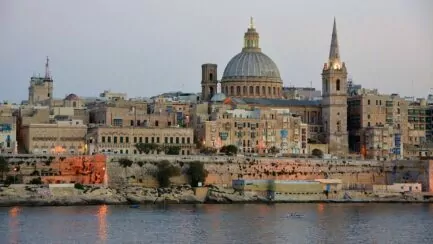
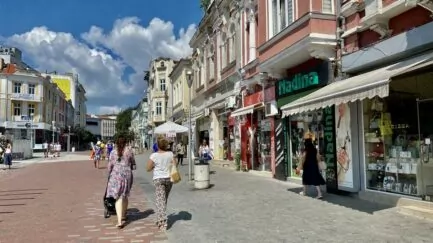
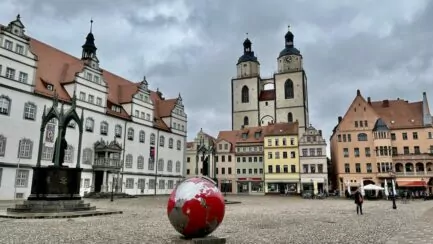
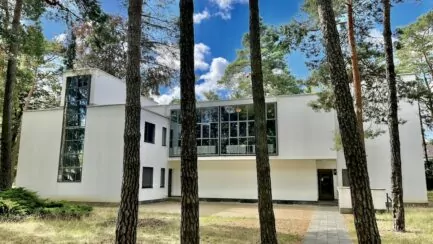
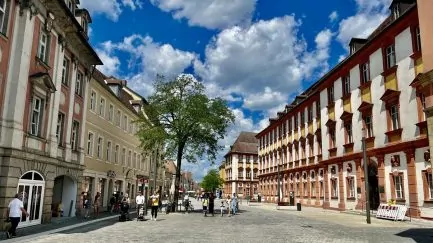
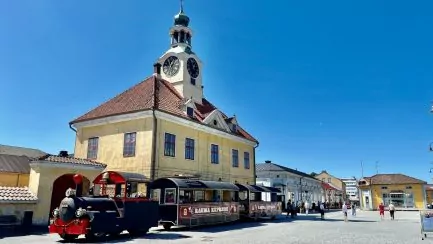



BP says:
The cathedral is probably one of the most powerful I have seen both inside and out. Then Sofia seems to be the promised land of churches;-)
The food - MUMS! I would definitely have chosen polenta, although lamb including lamb liver is not so bad either.
10 August 2021 - 20:27
Helena says:
The cathedral is really powerful and impressive! And it was particularly splendid to experience it during mass!
11 August 2021 - 19:08